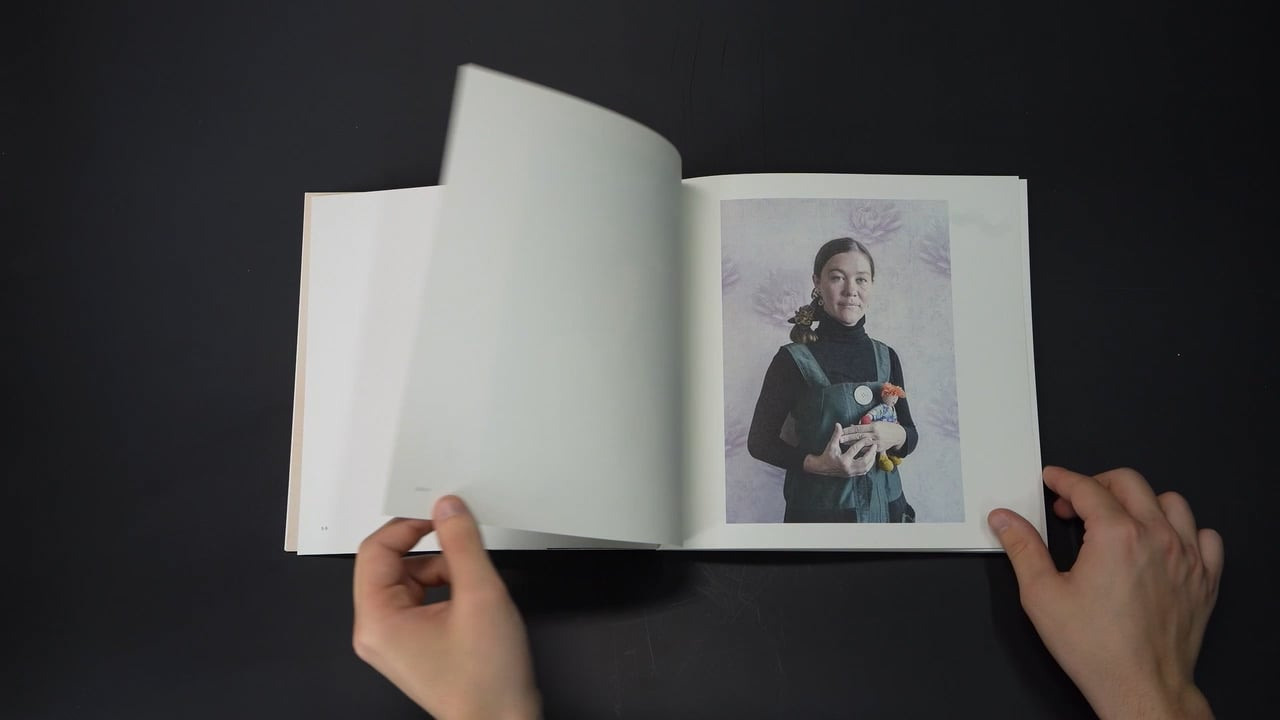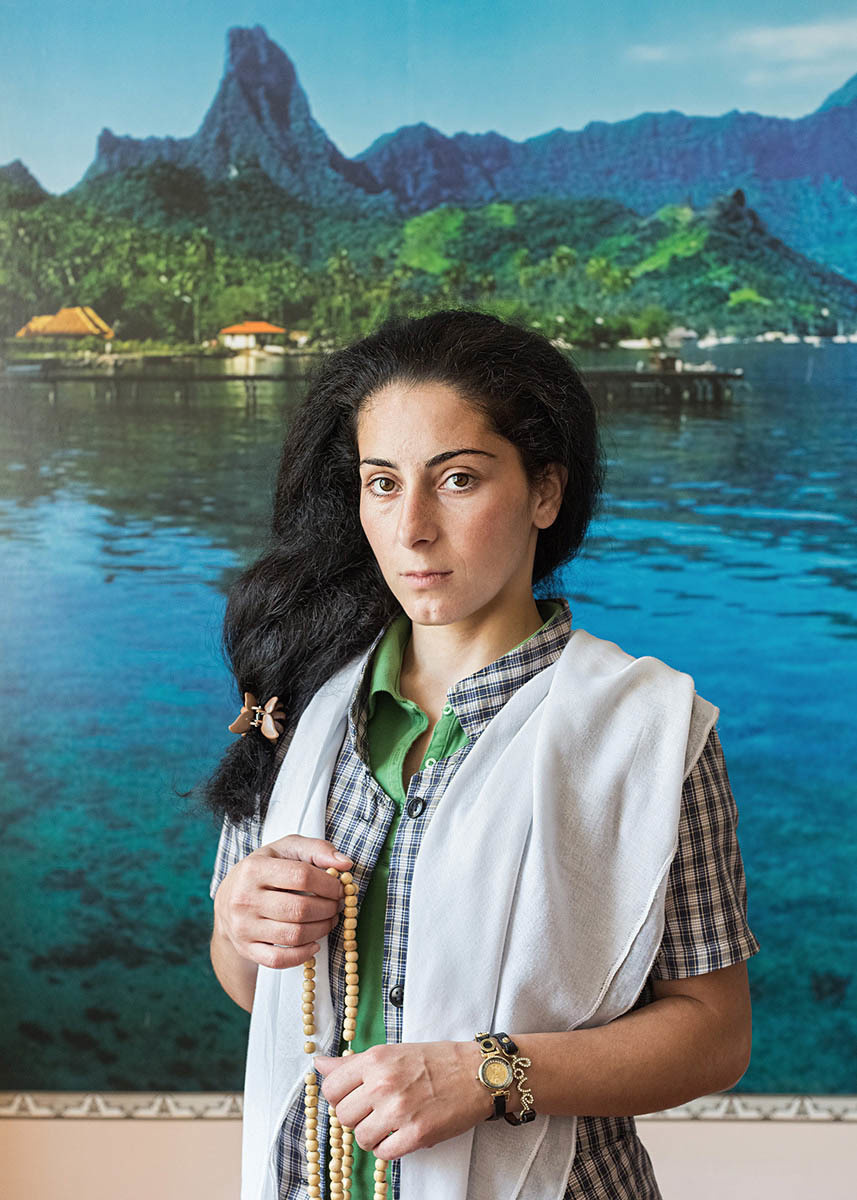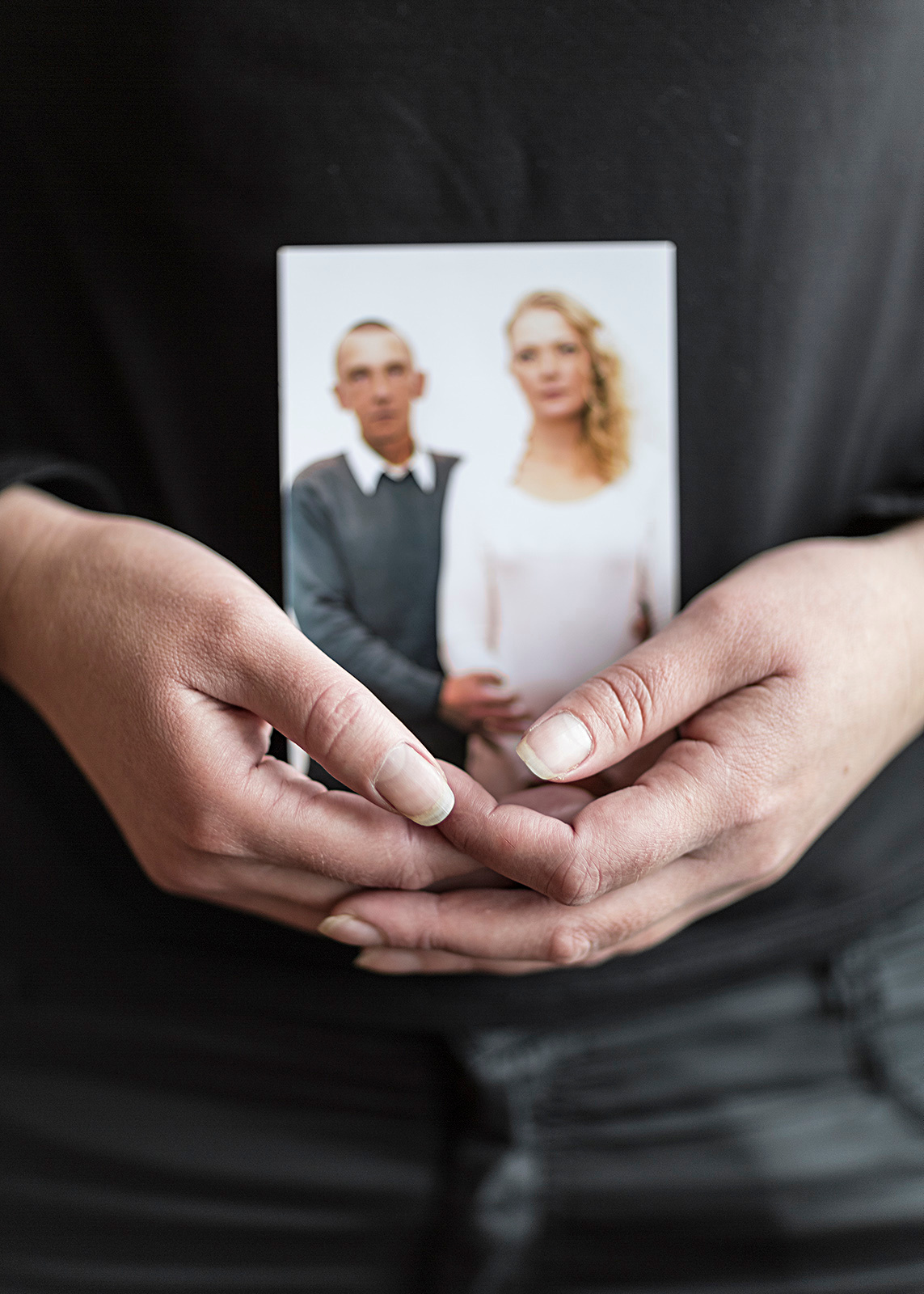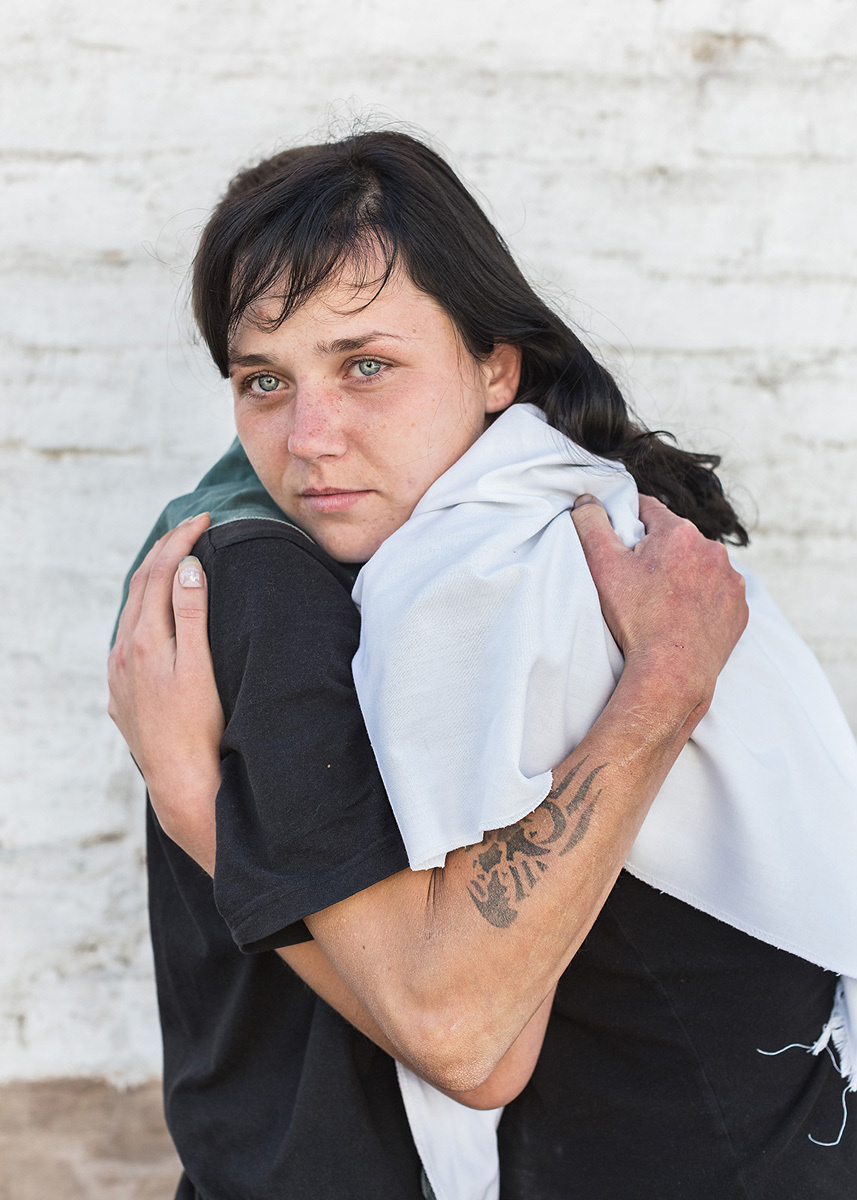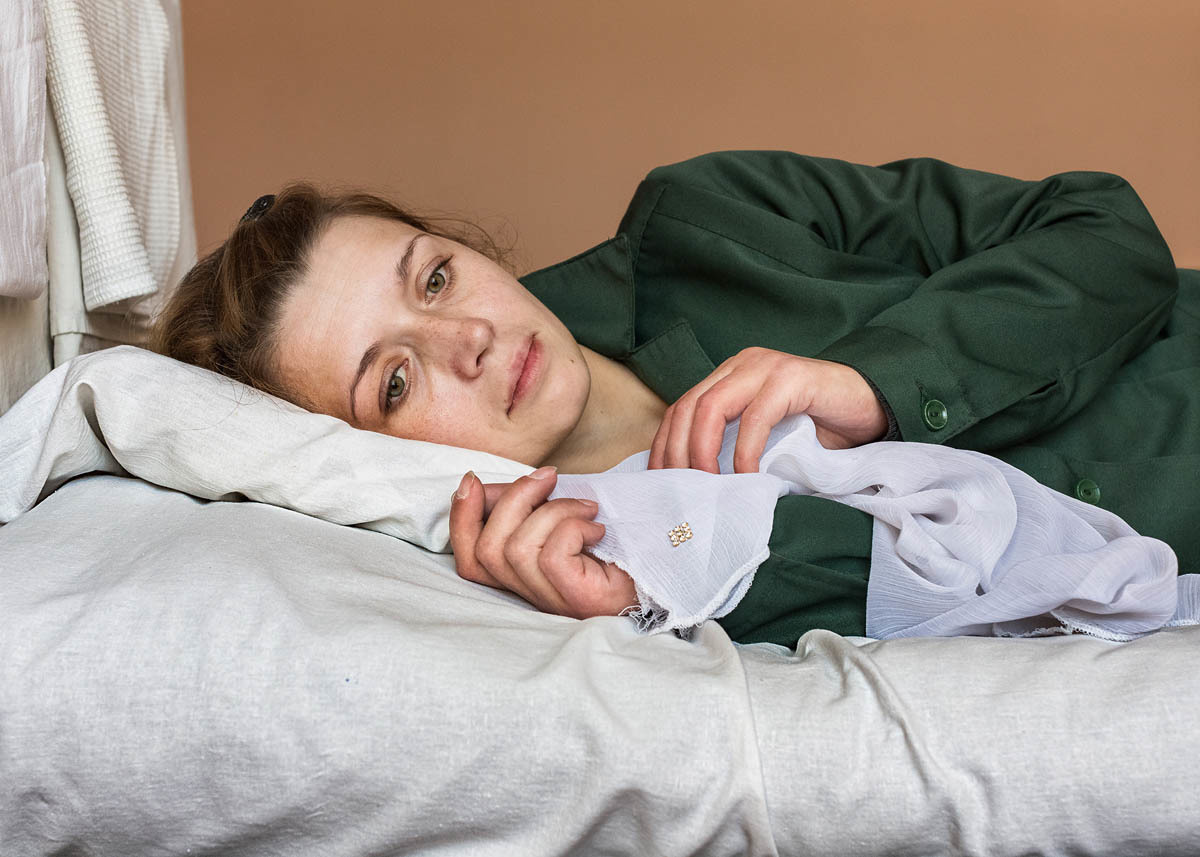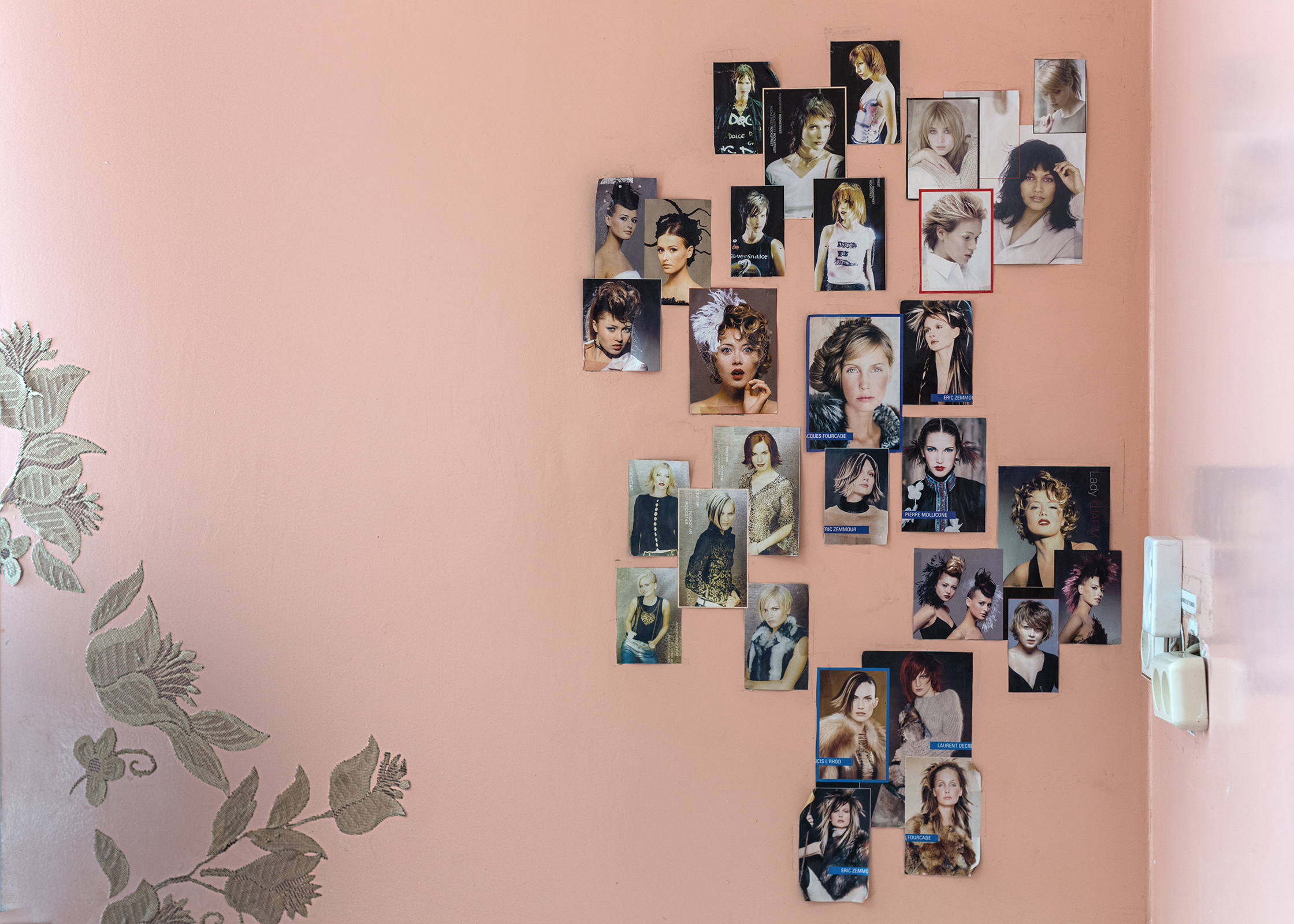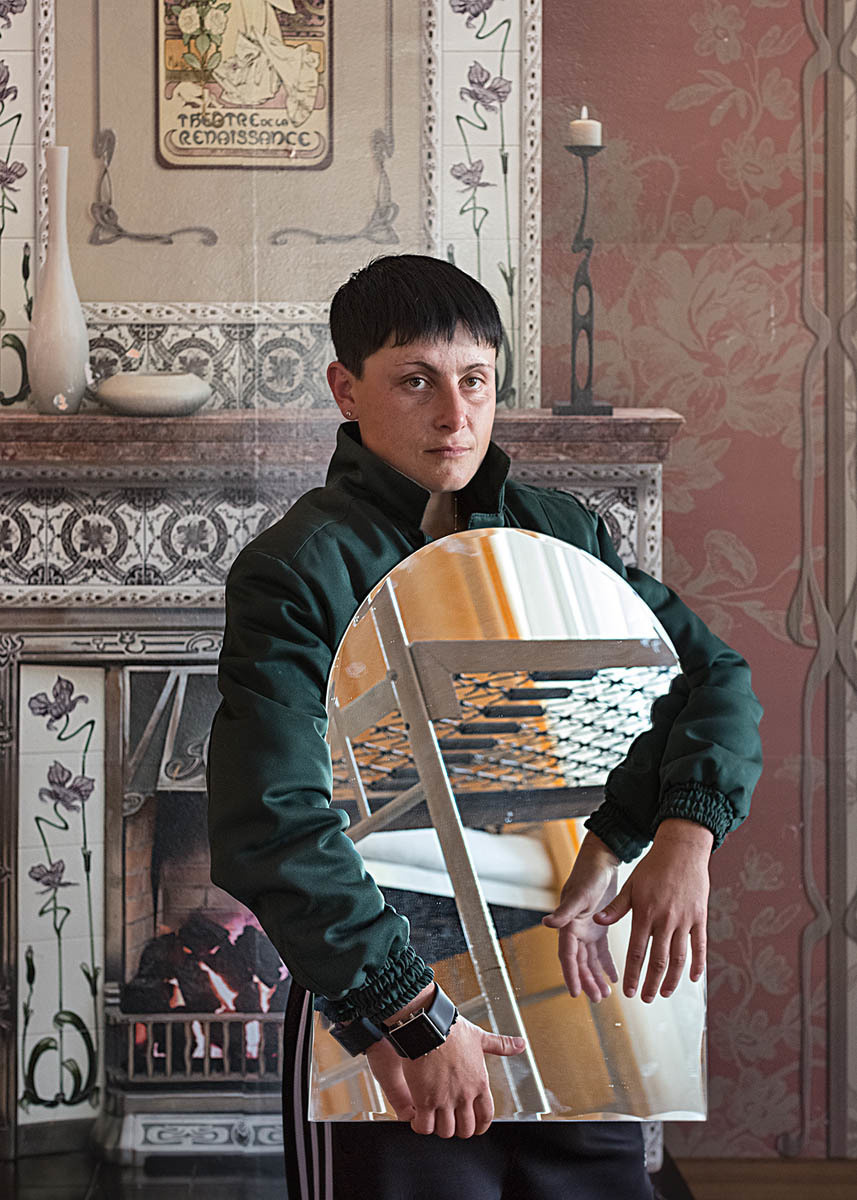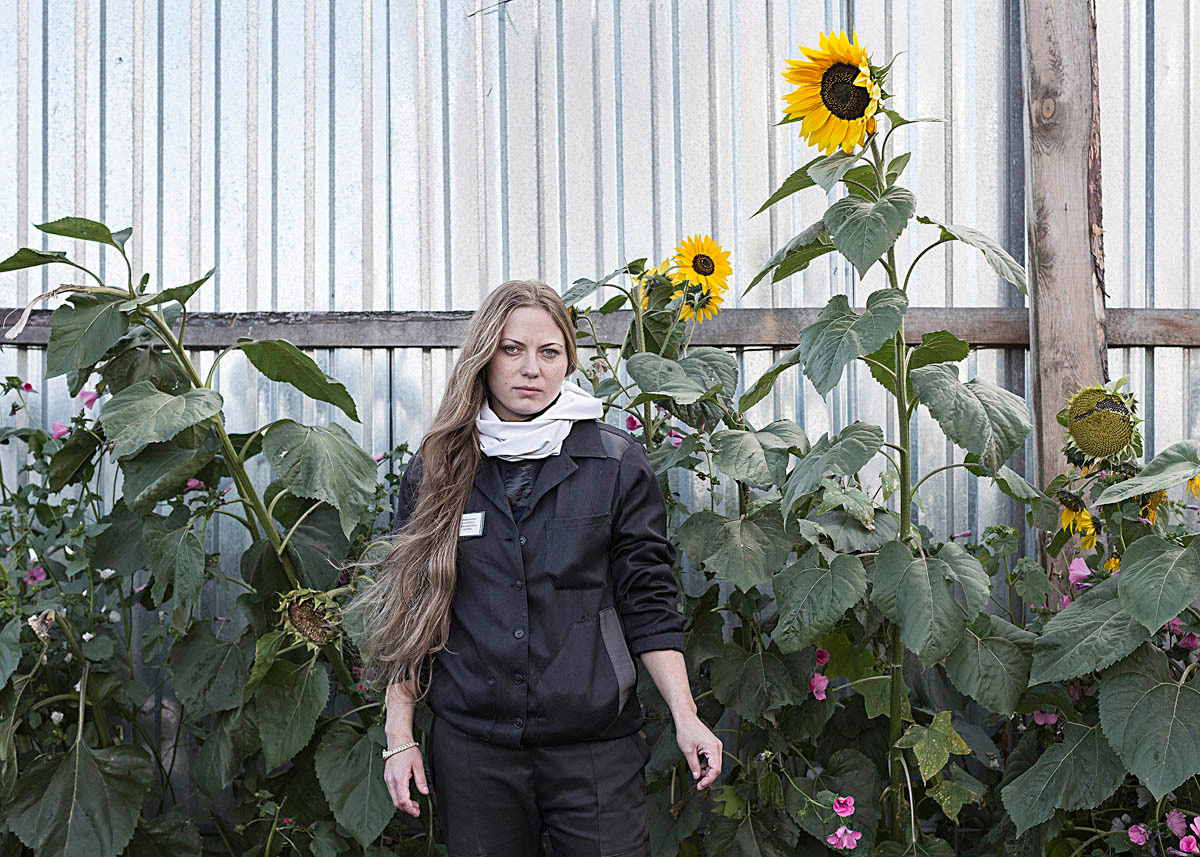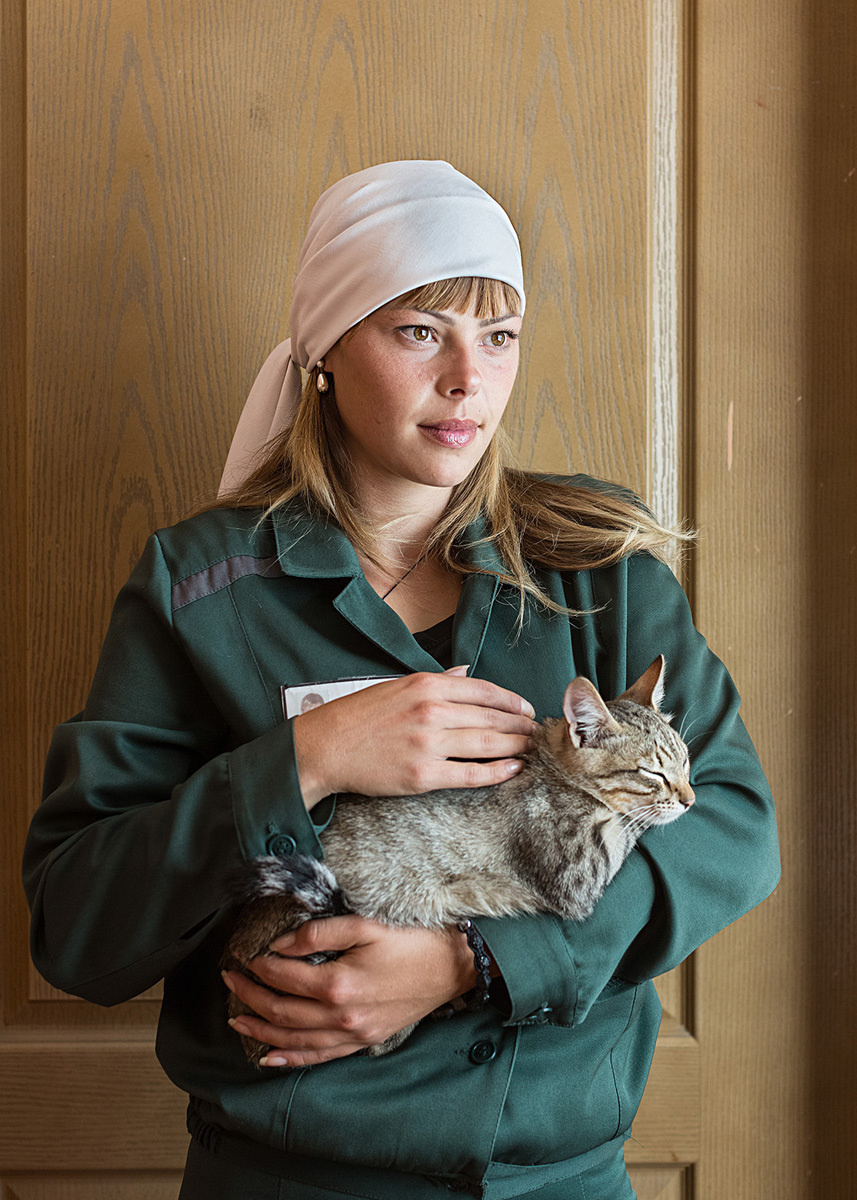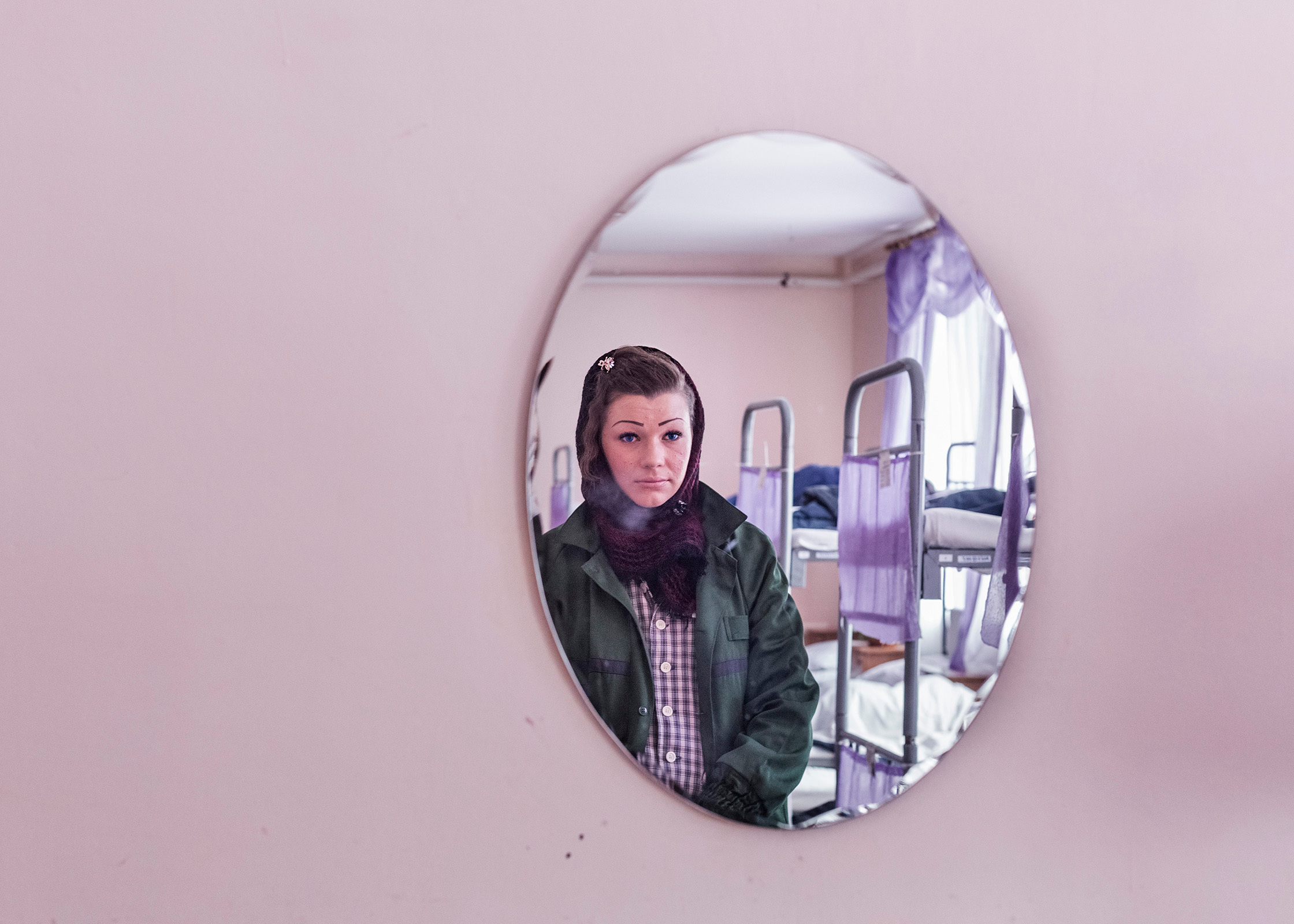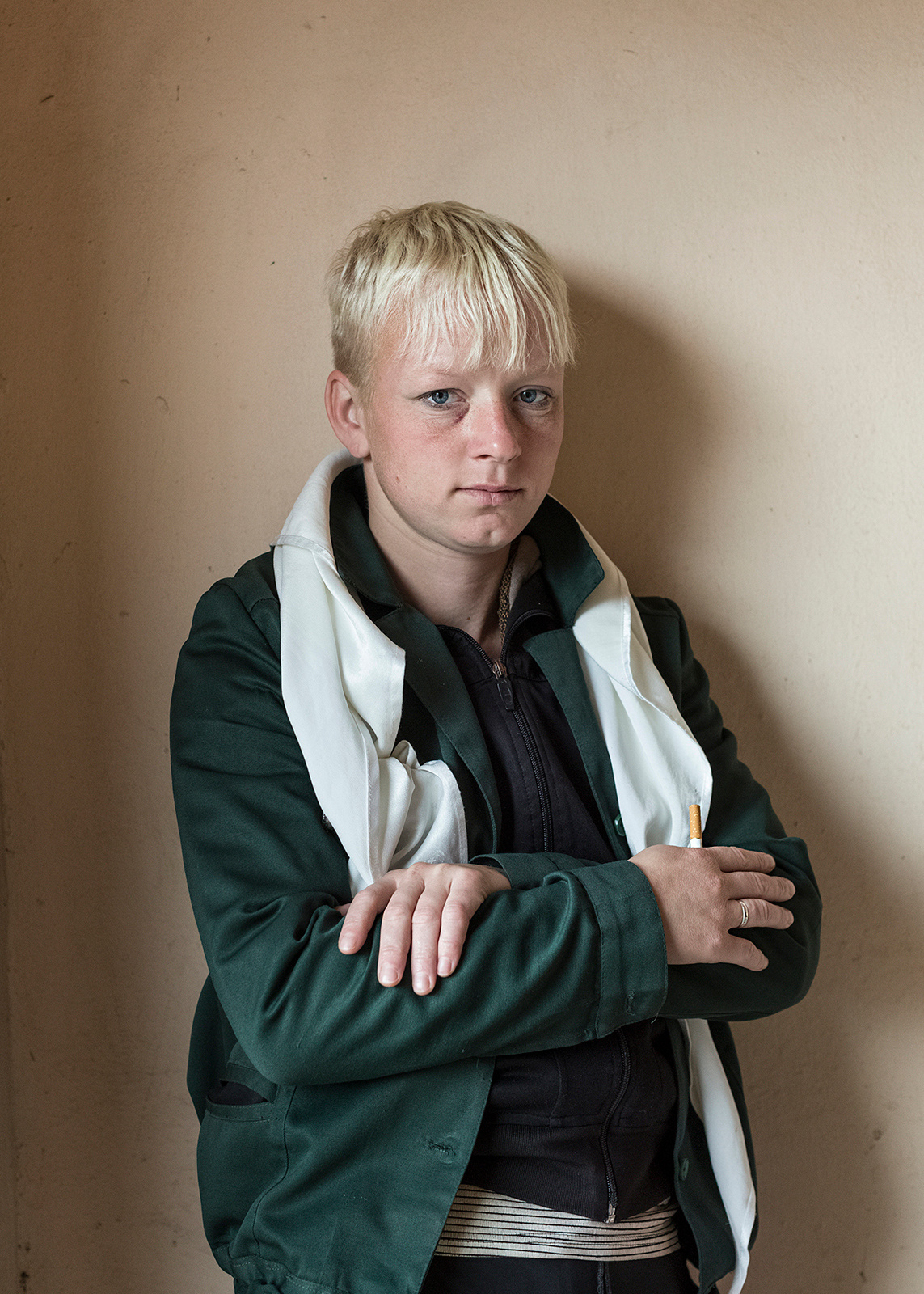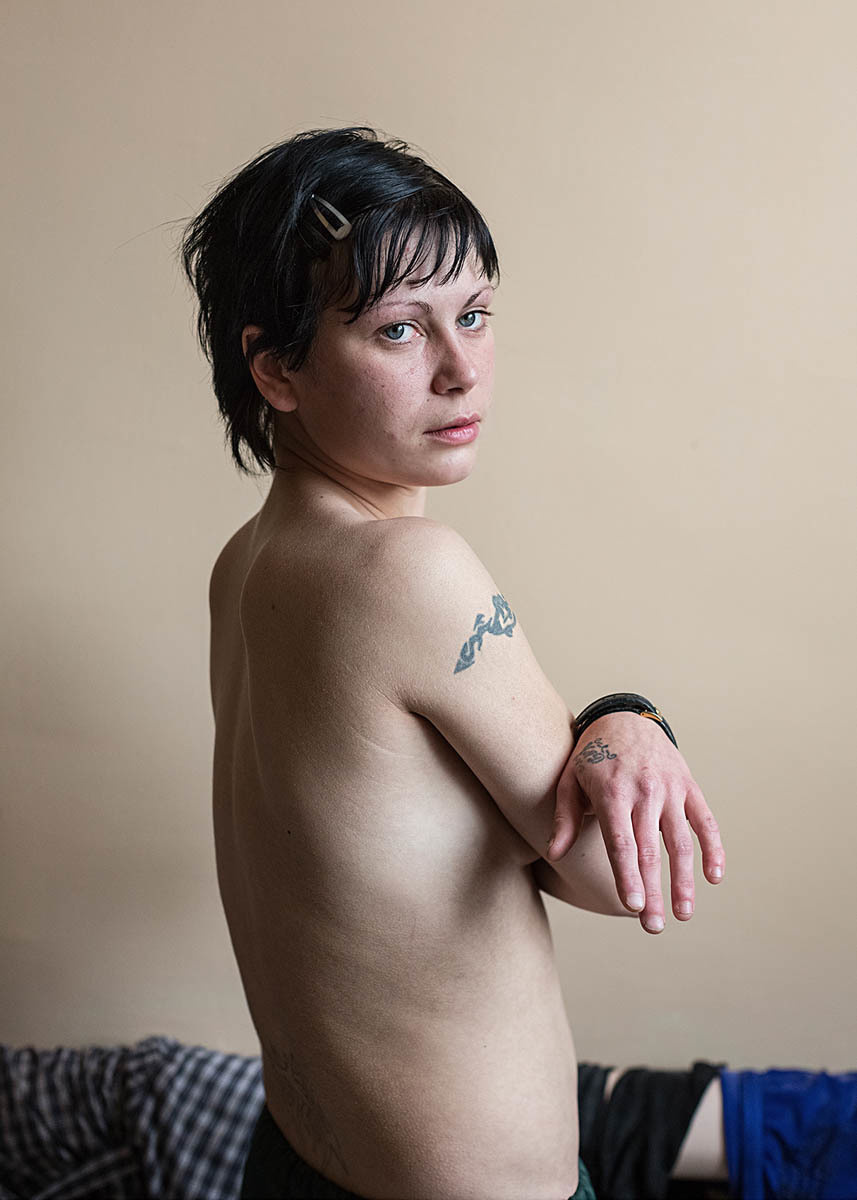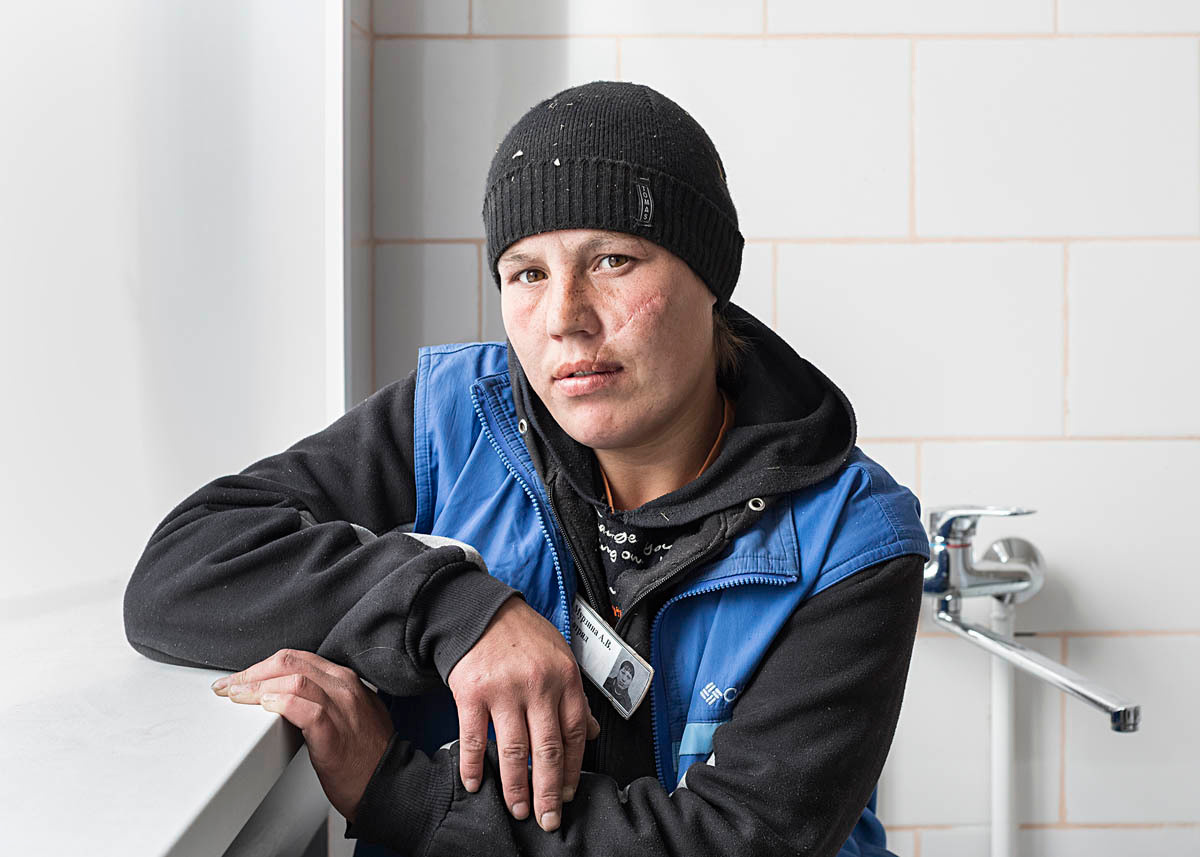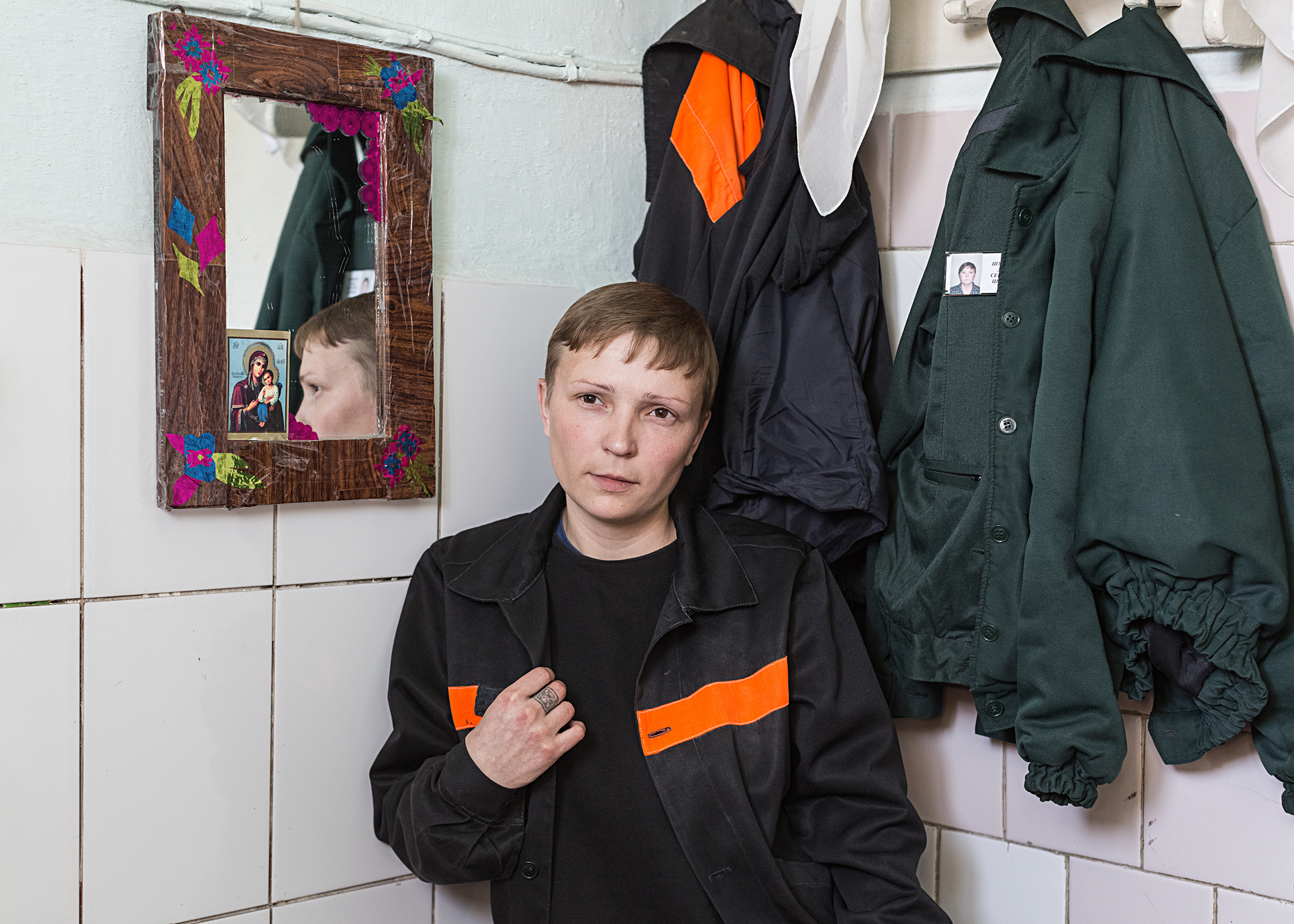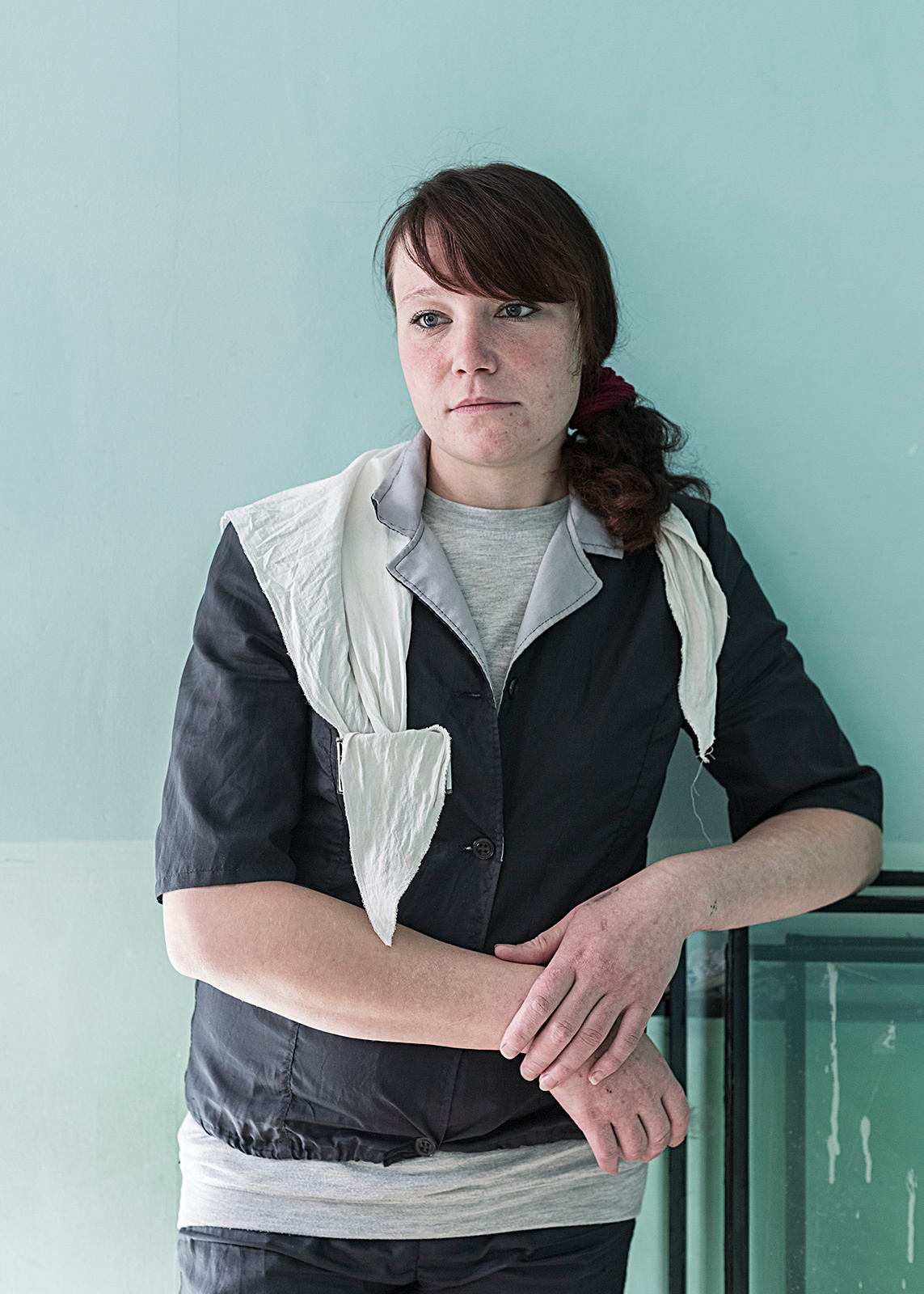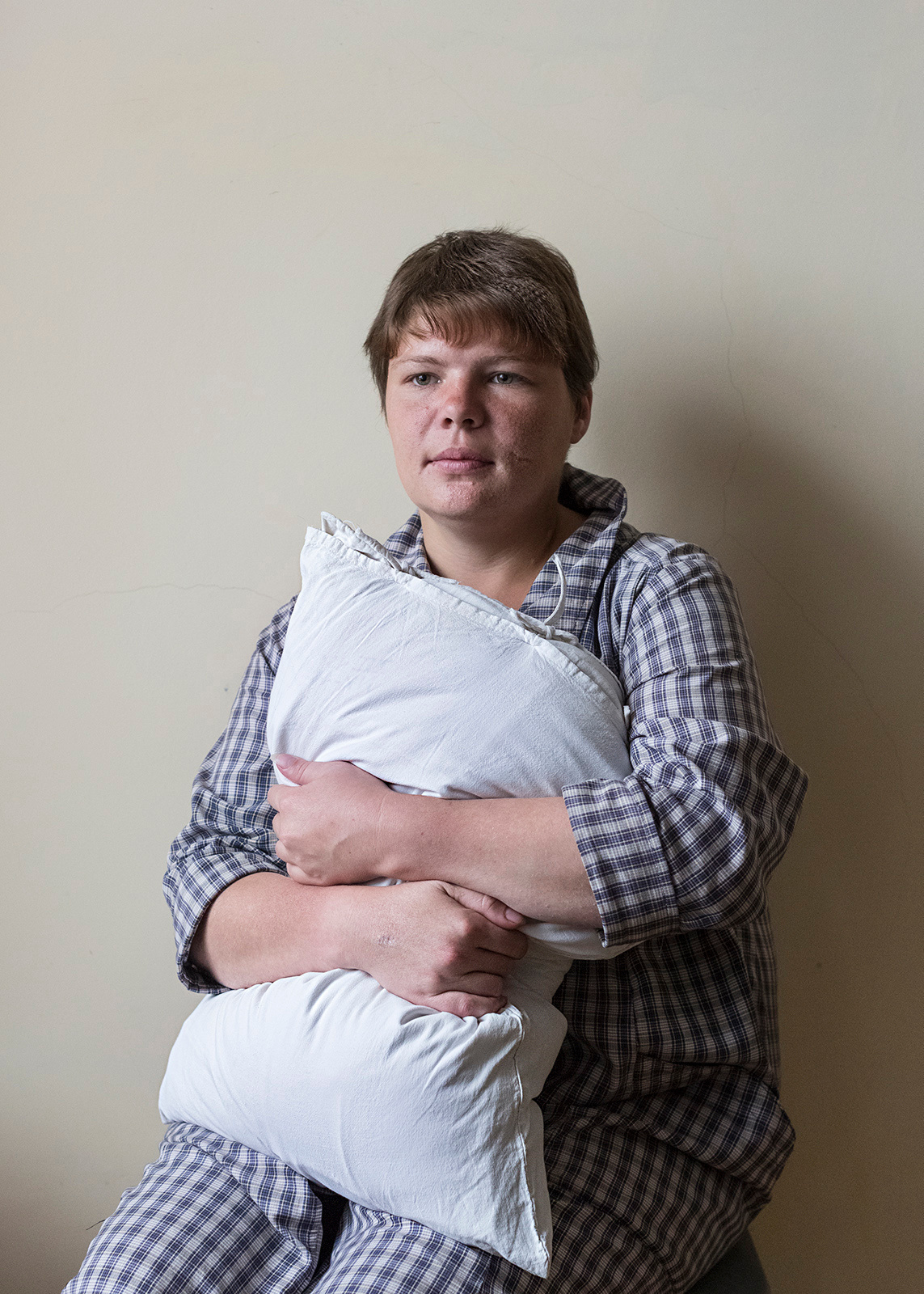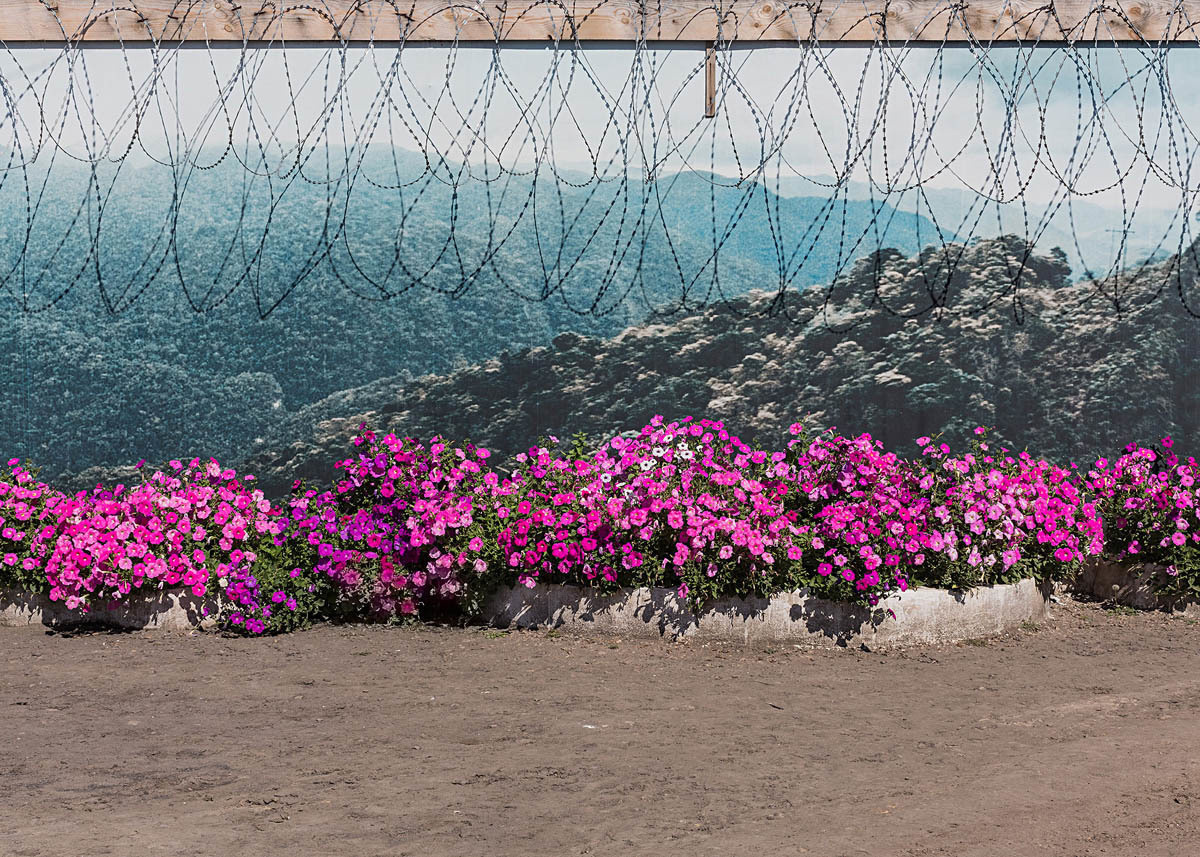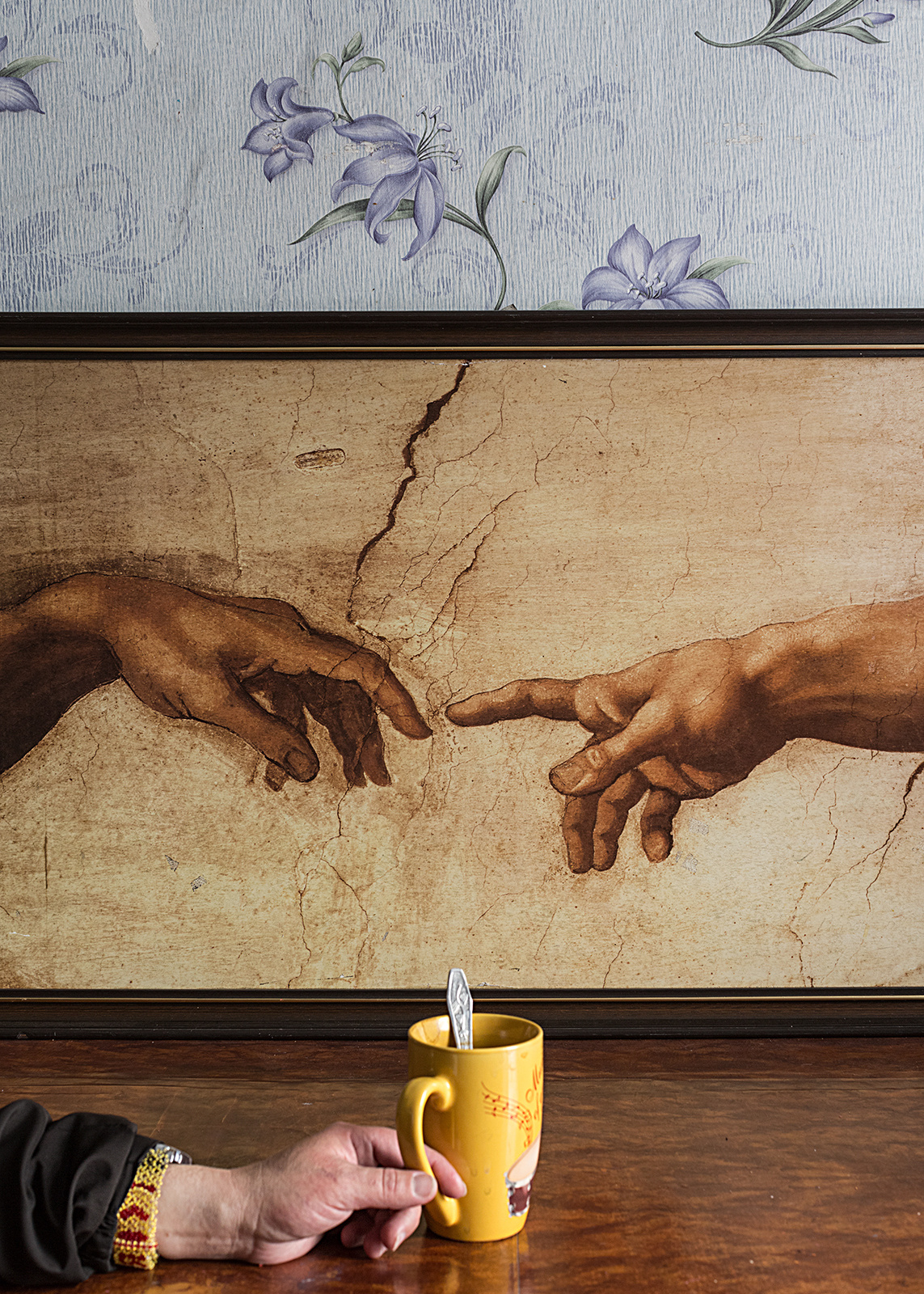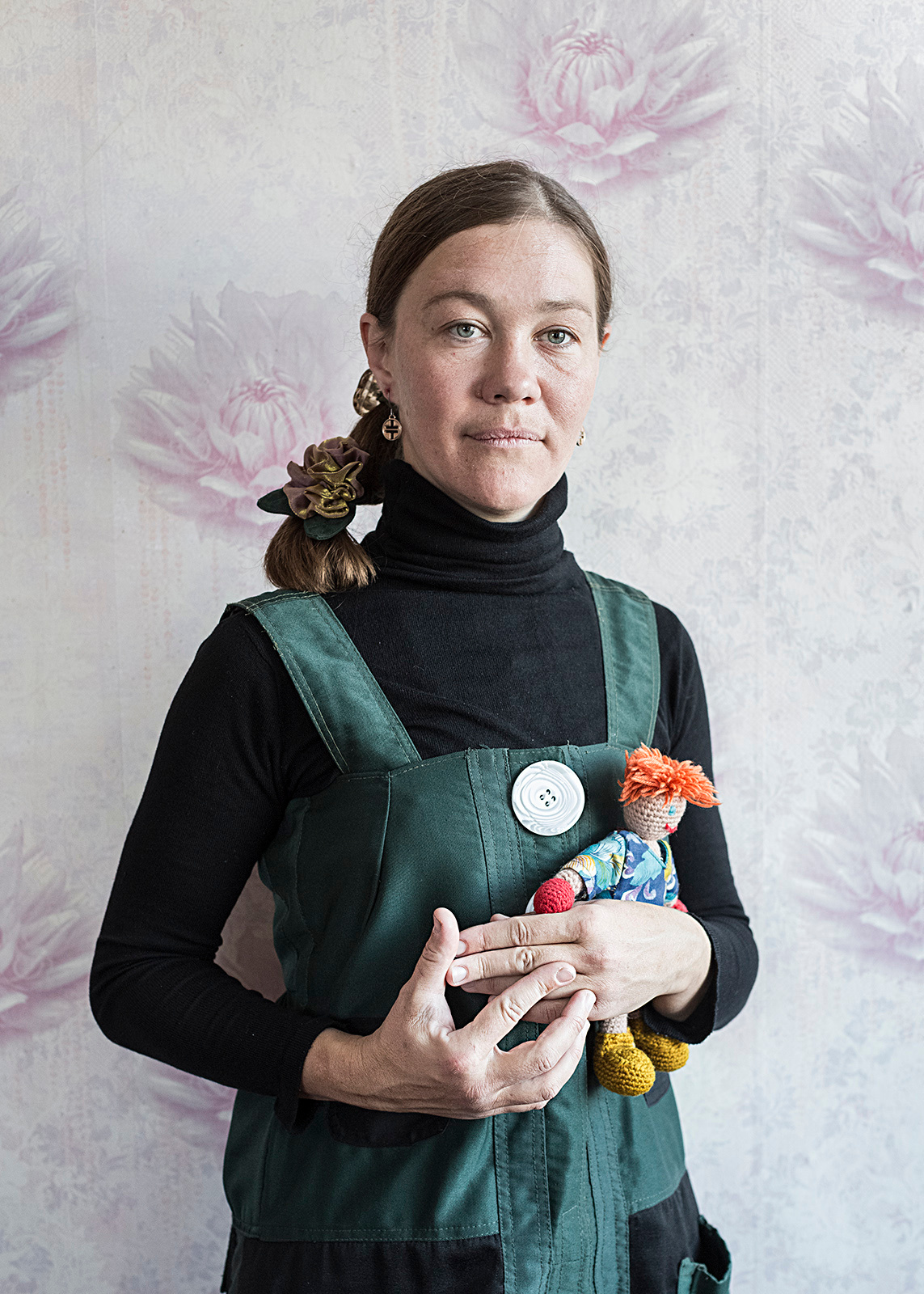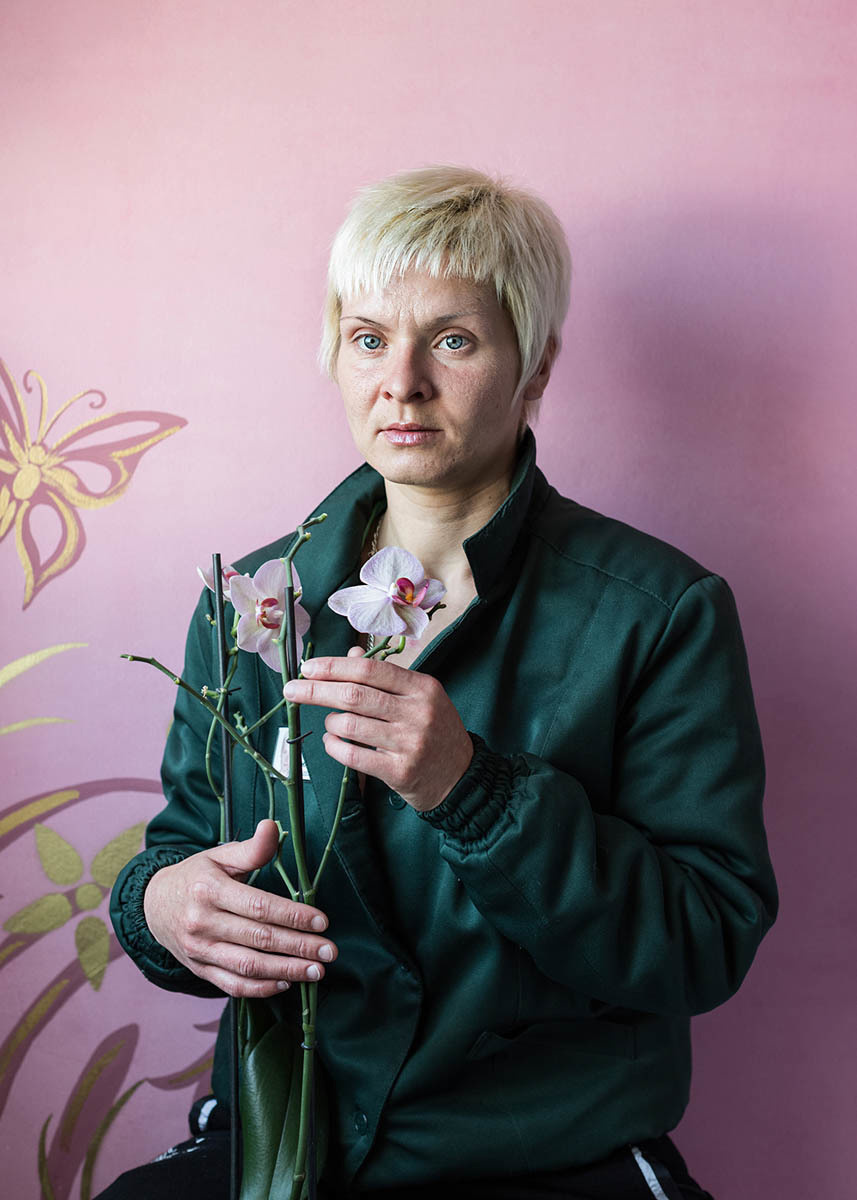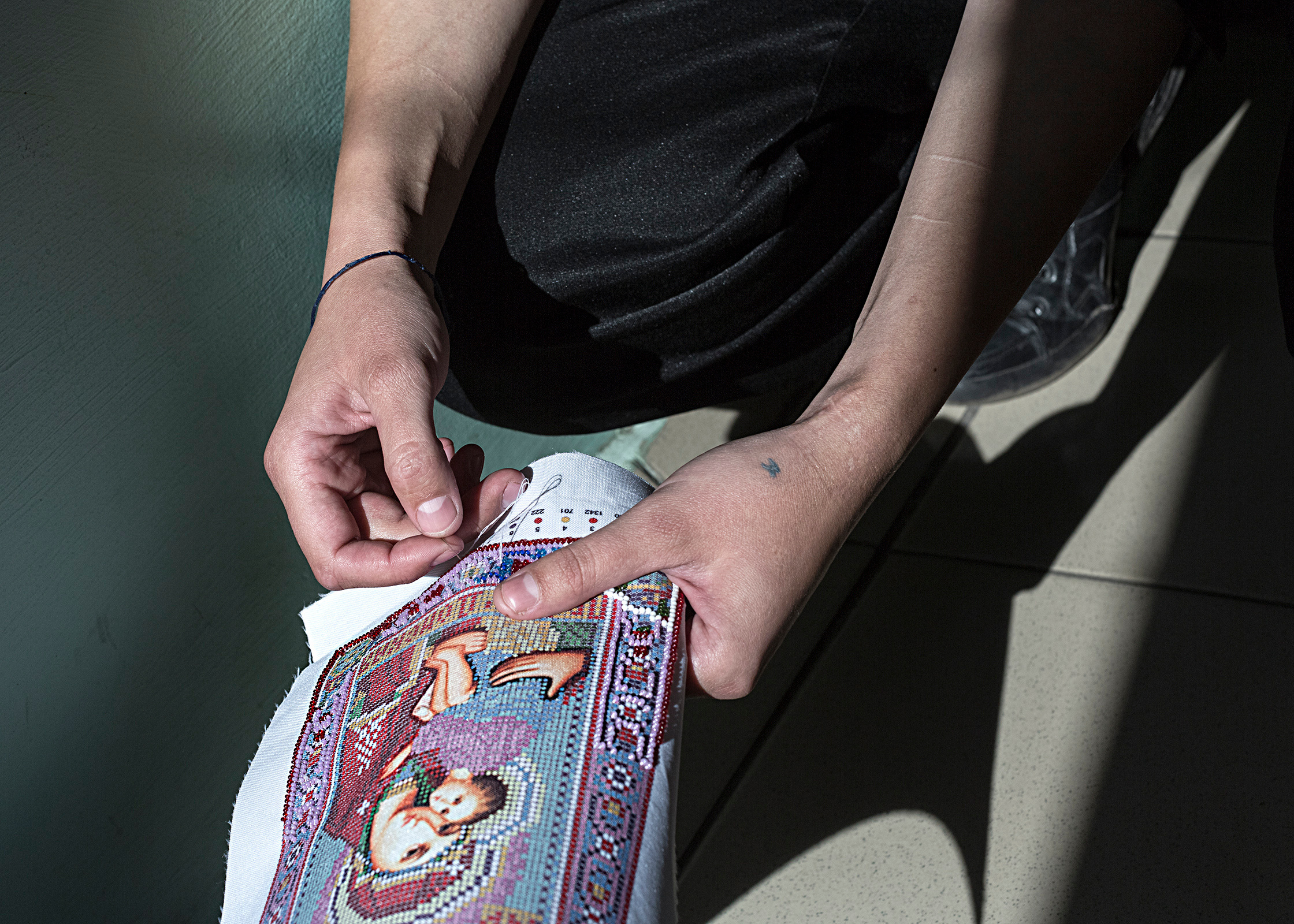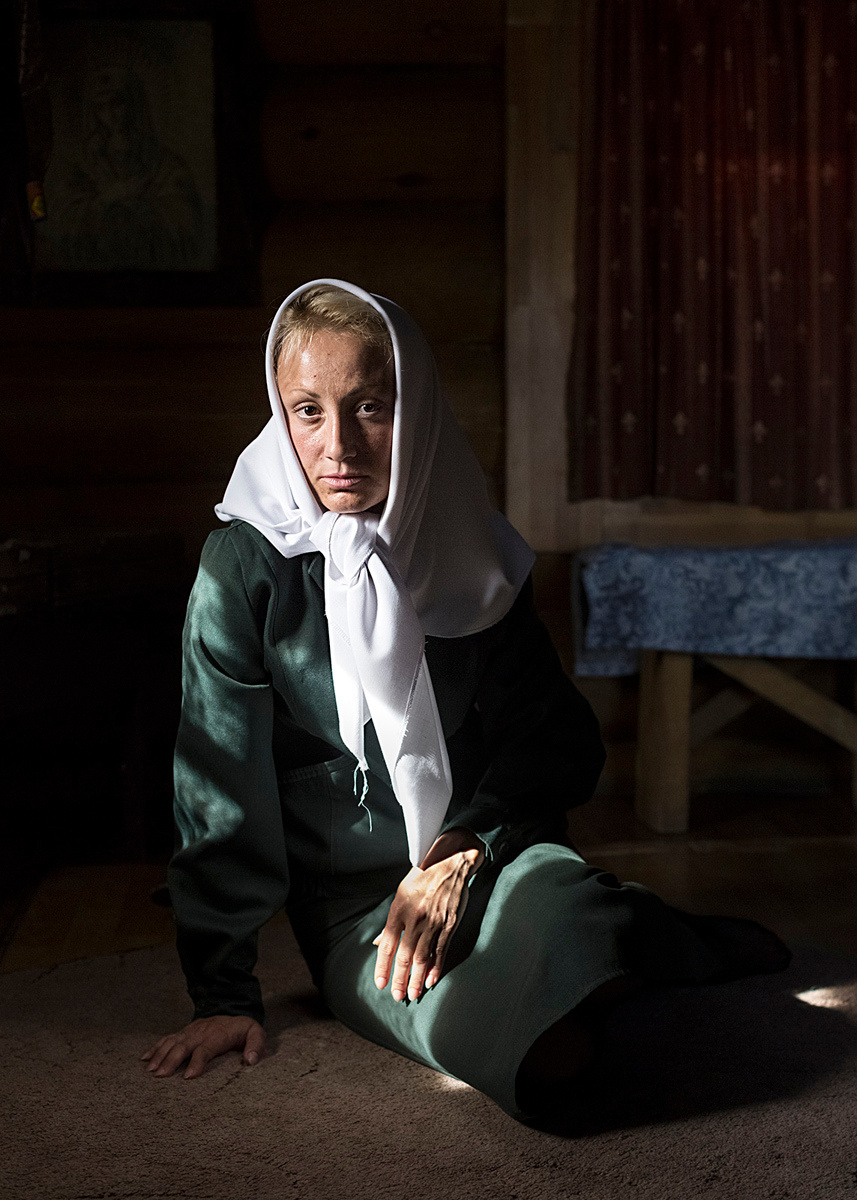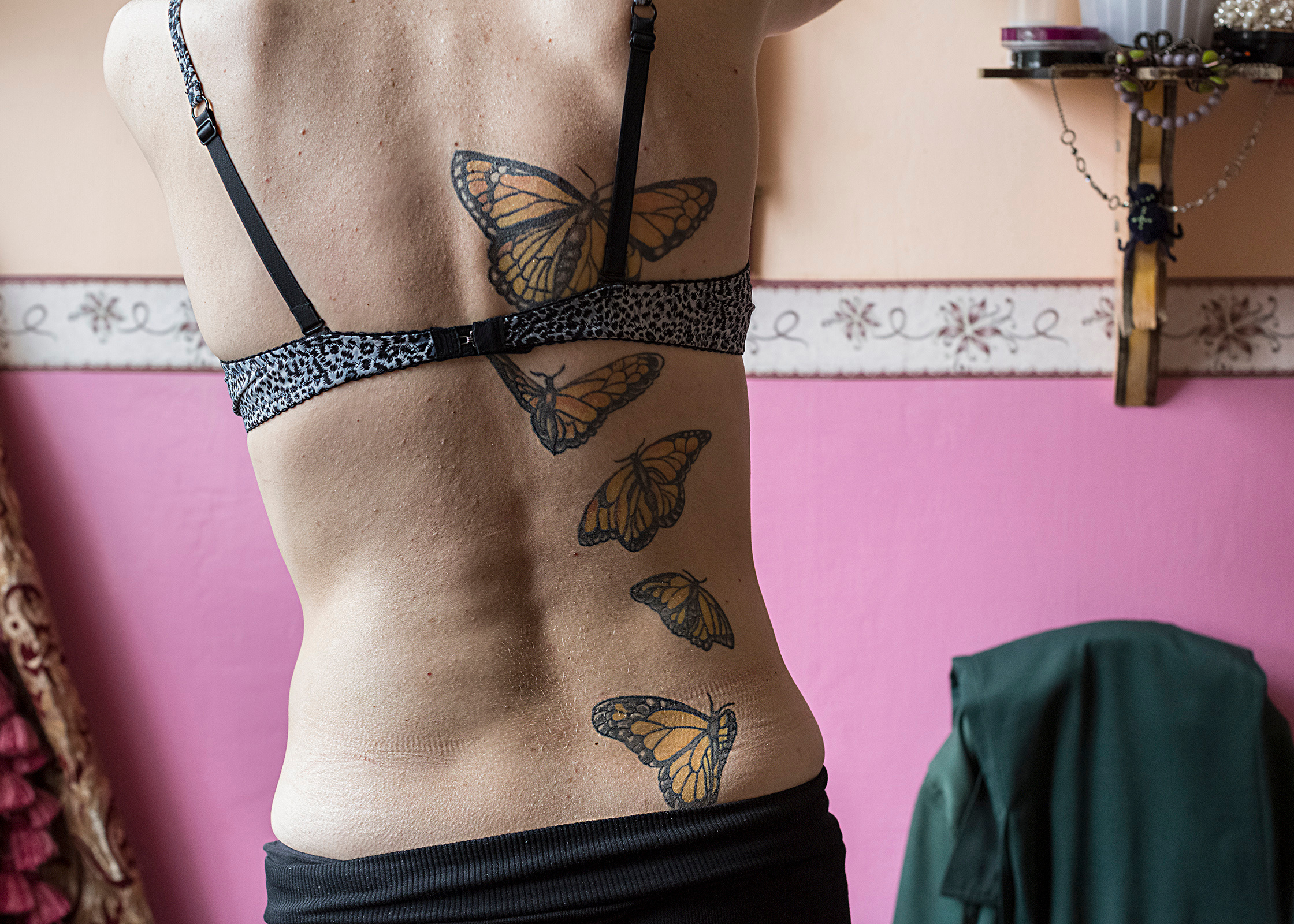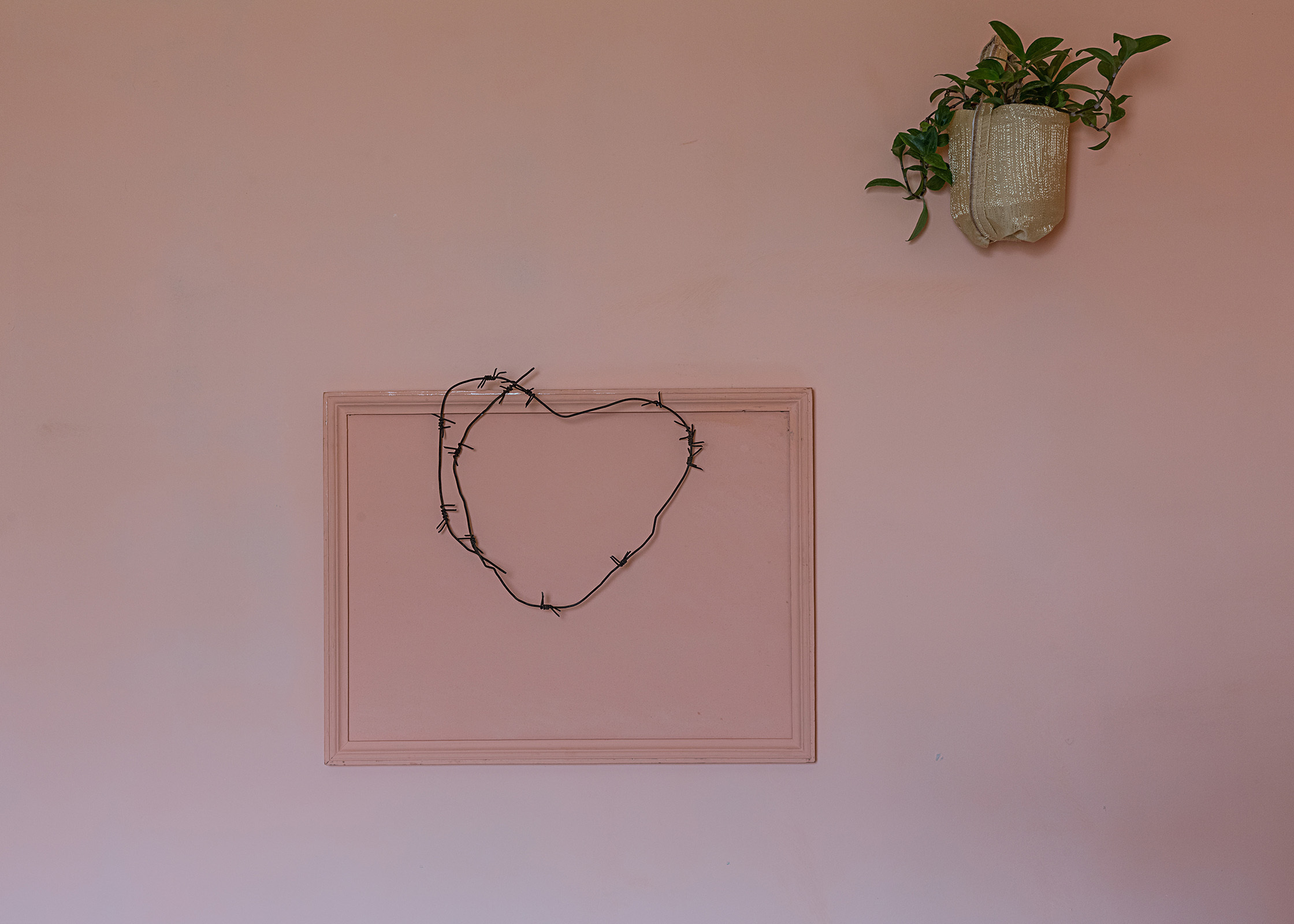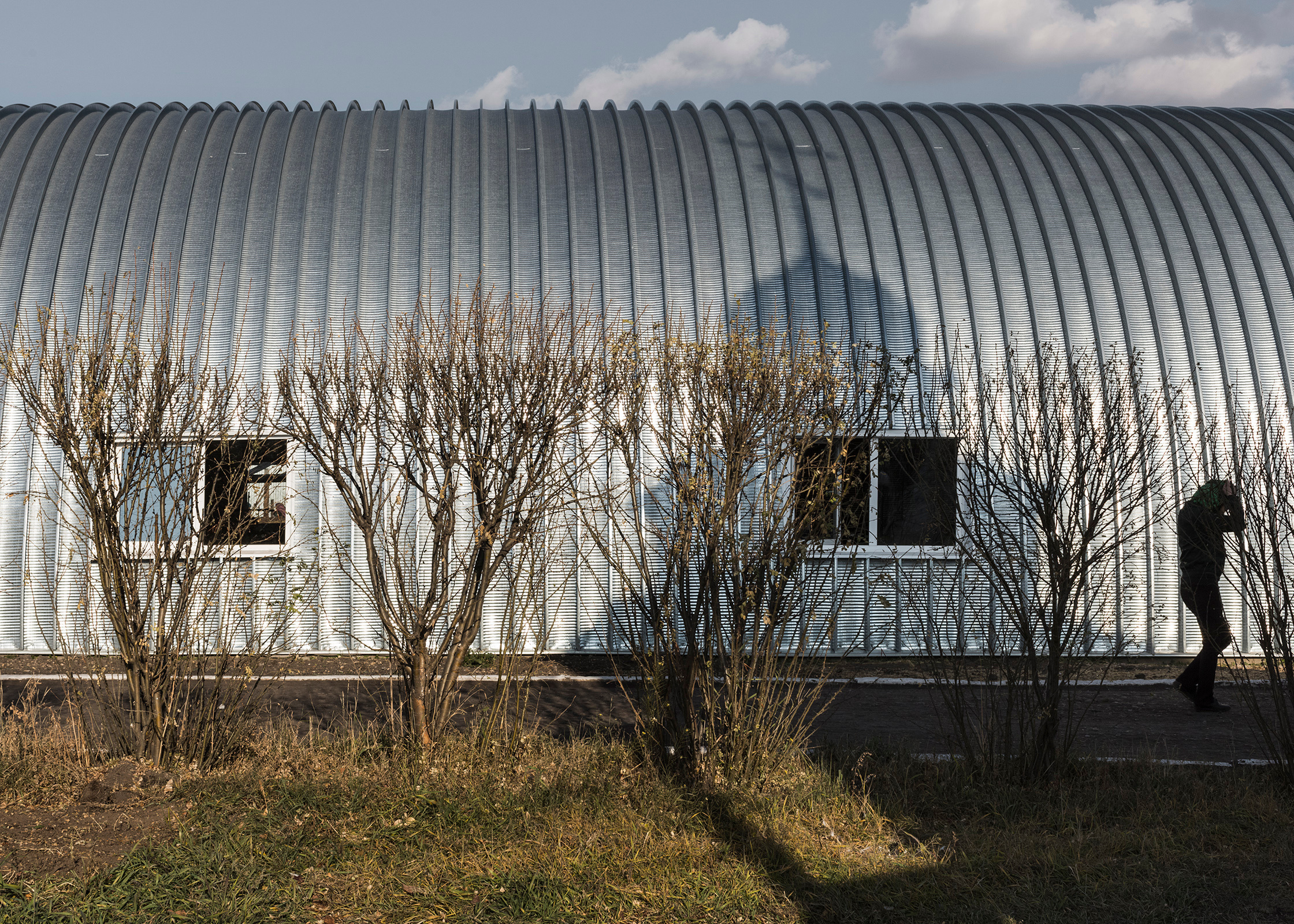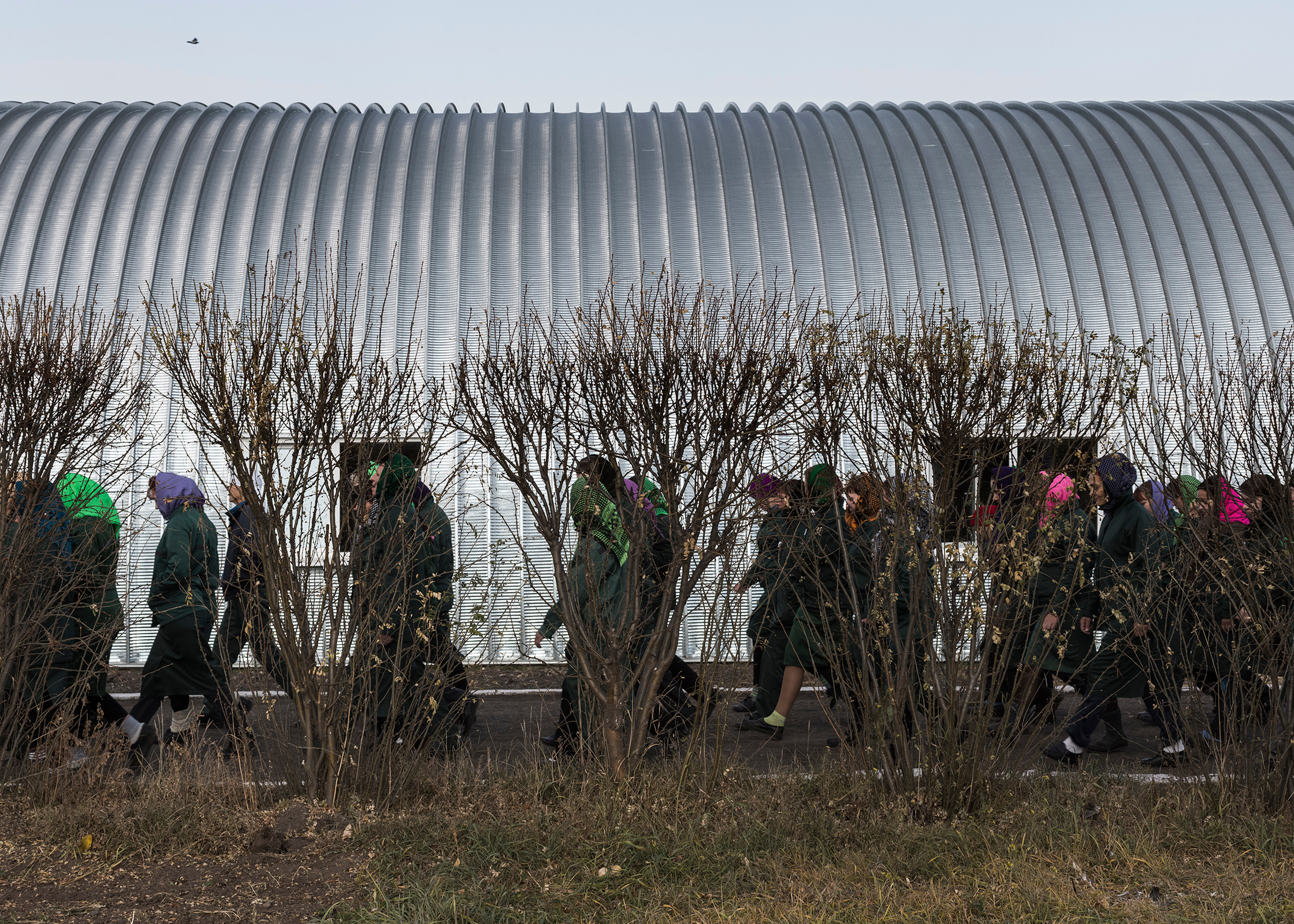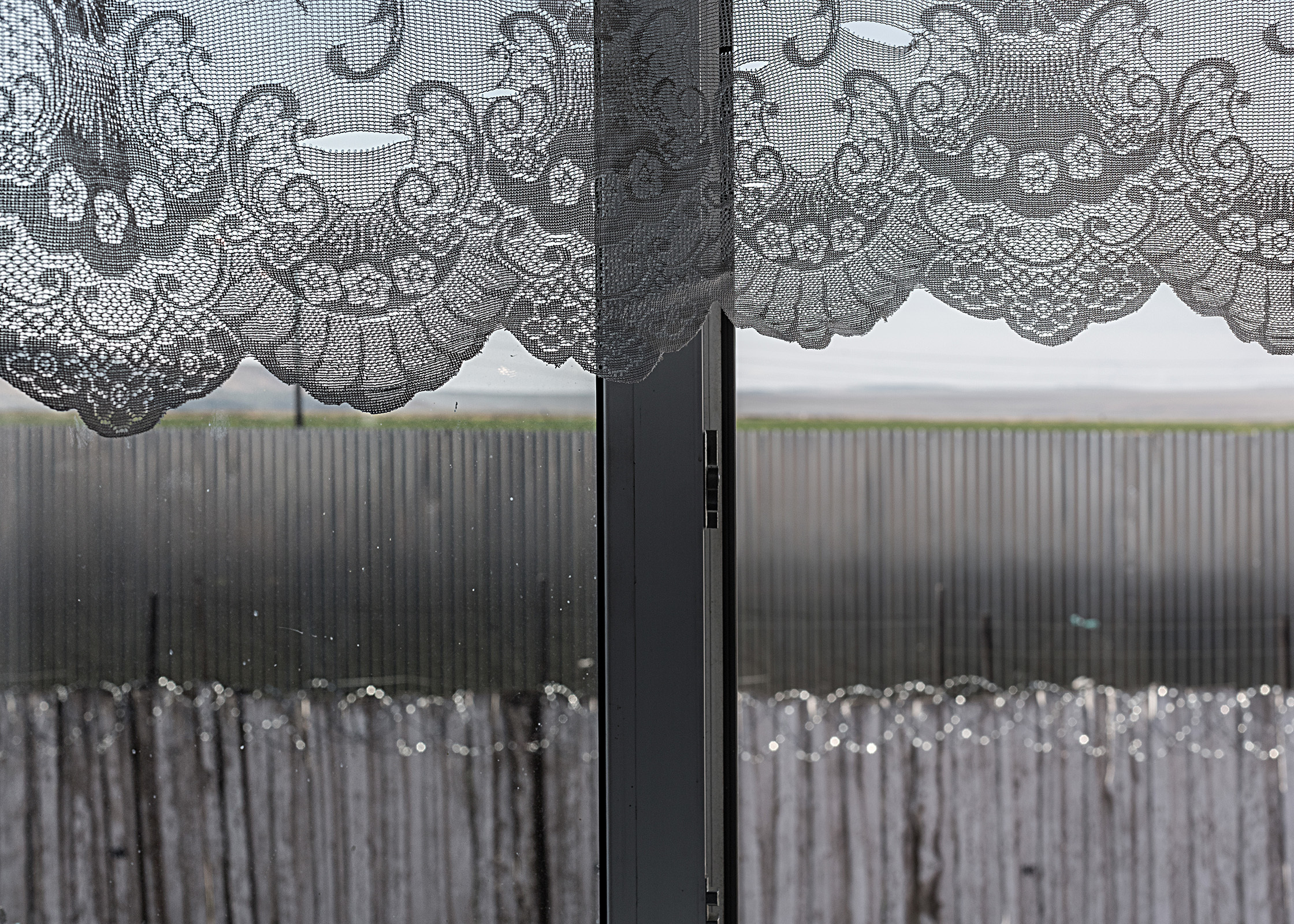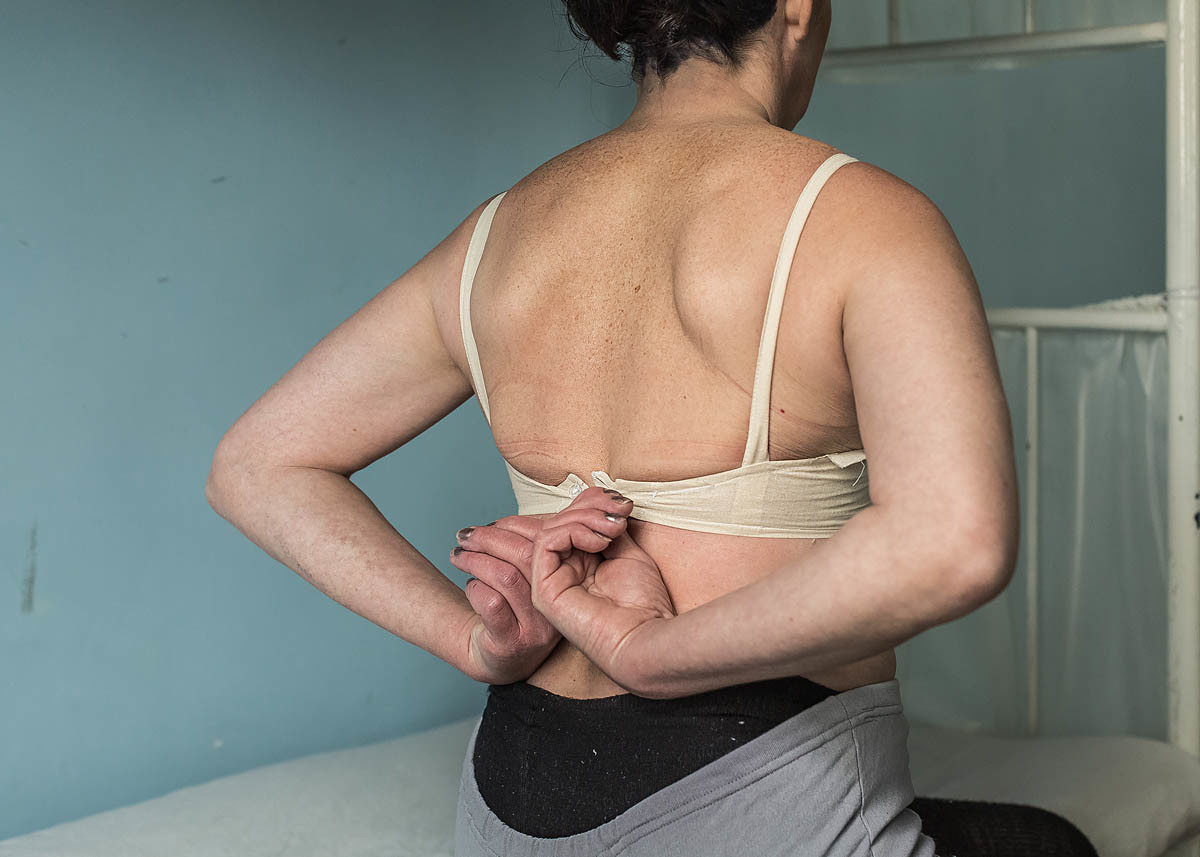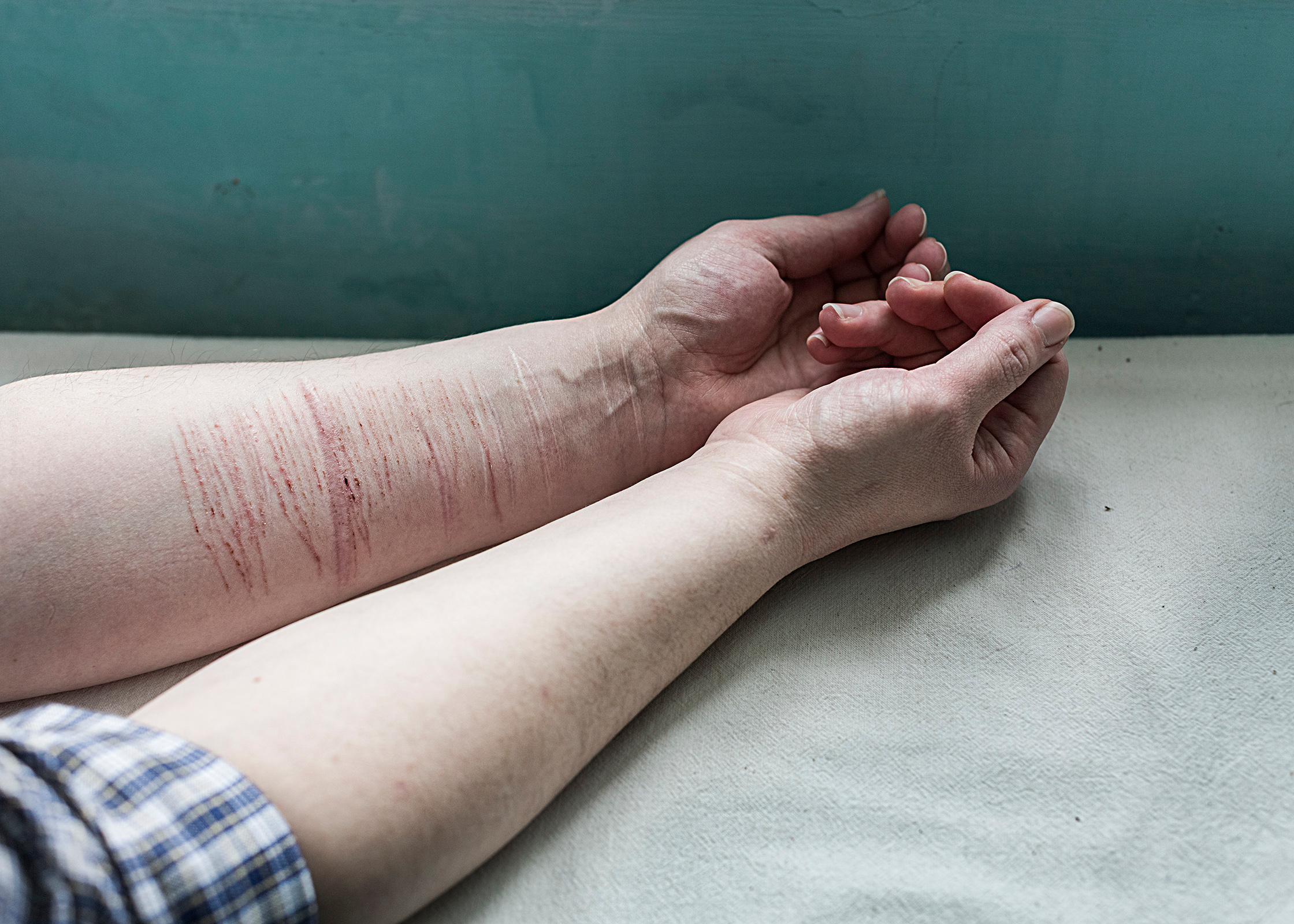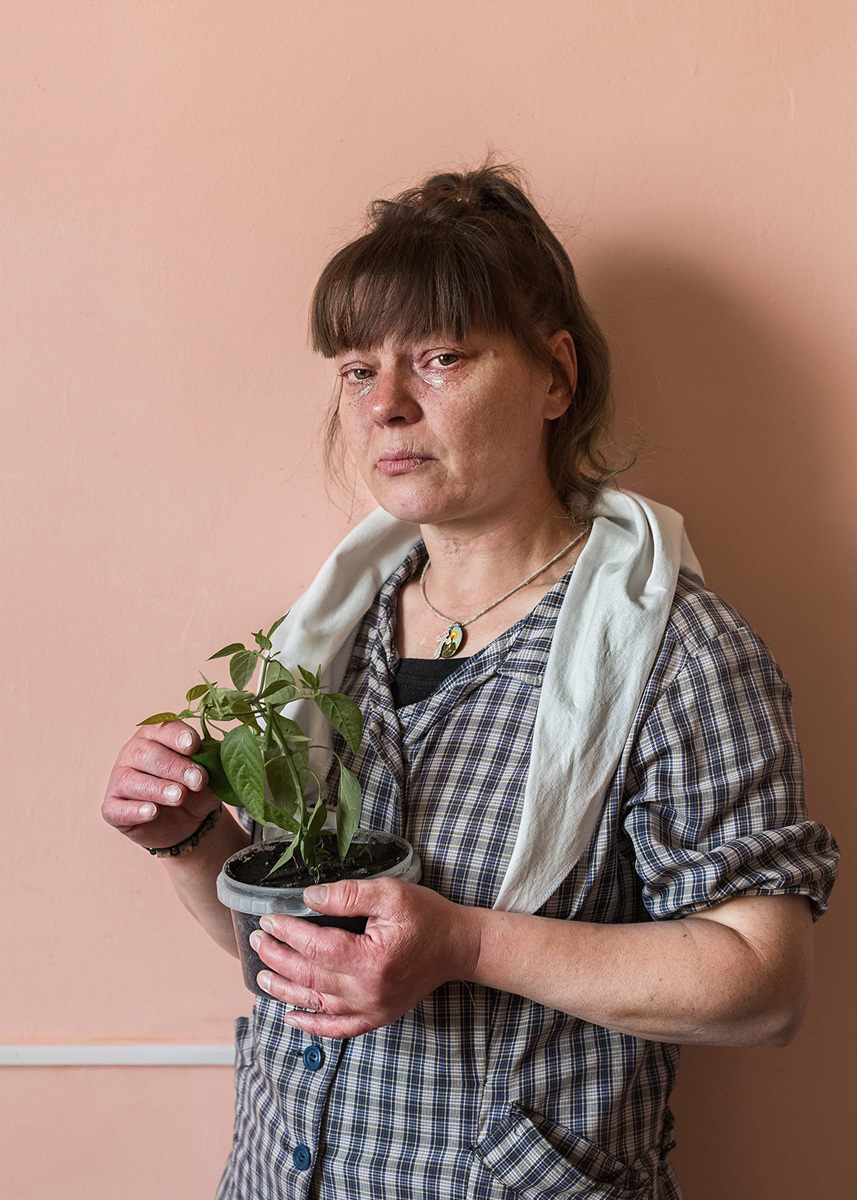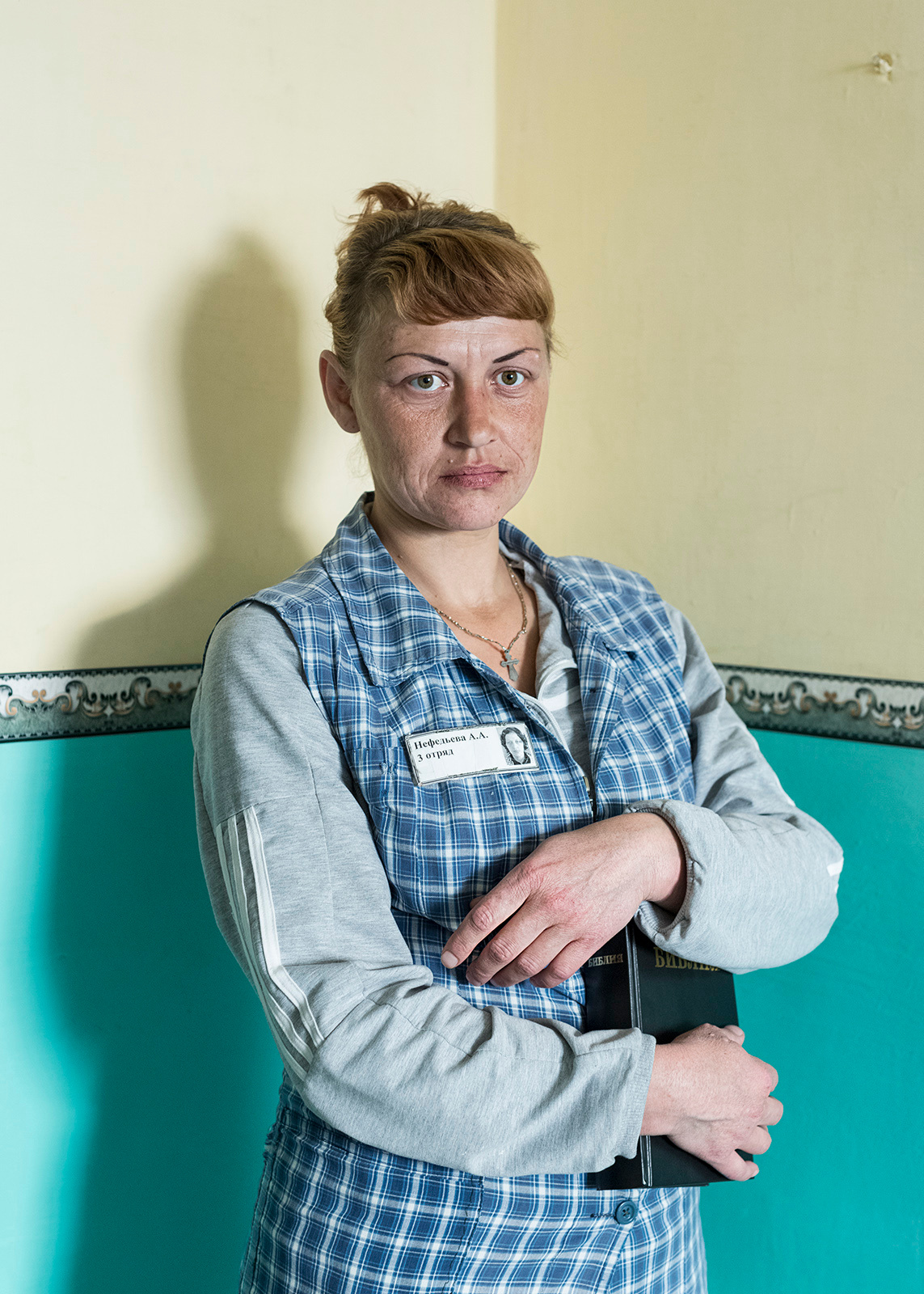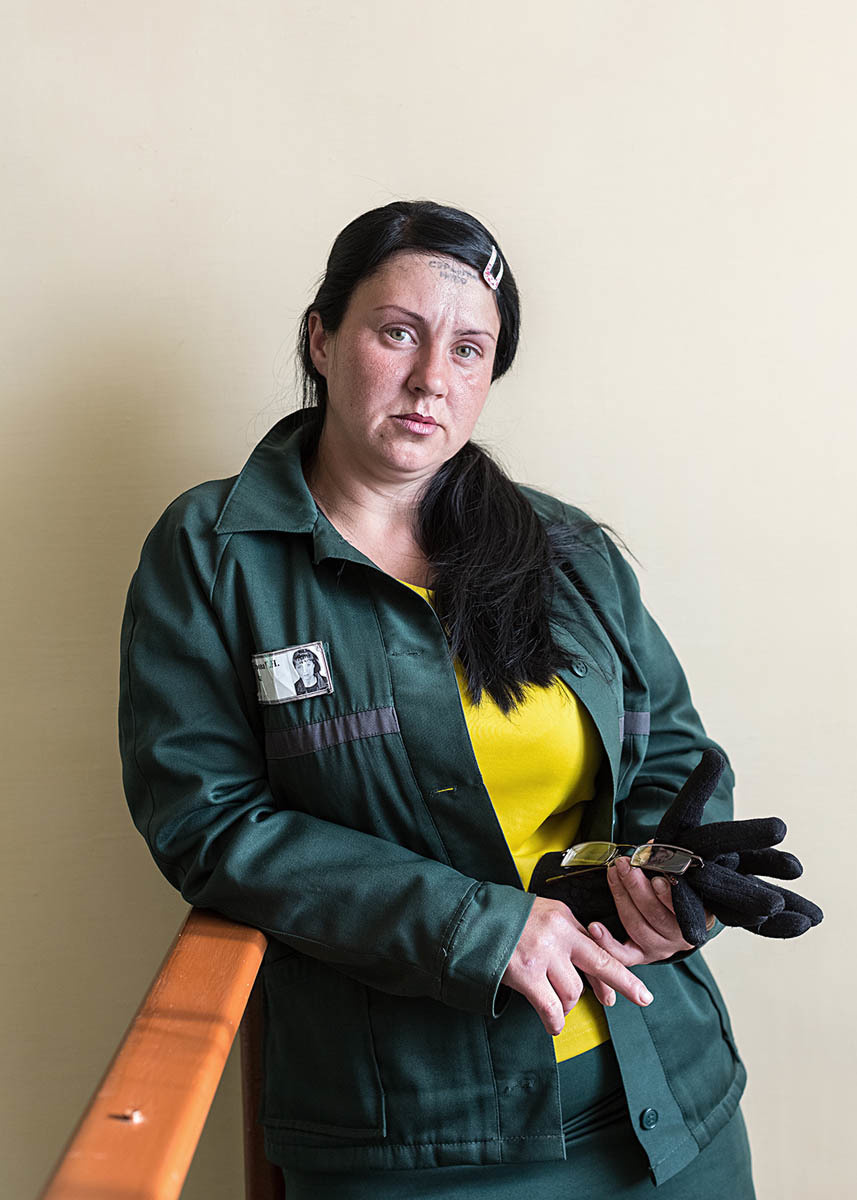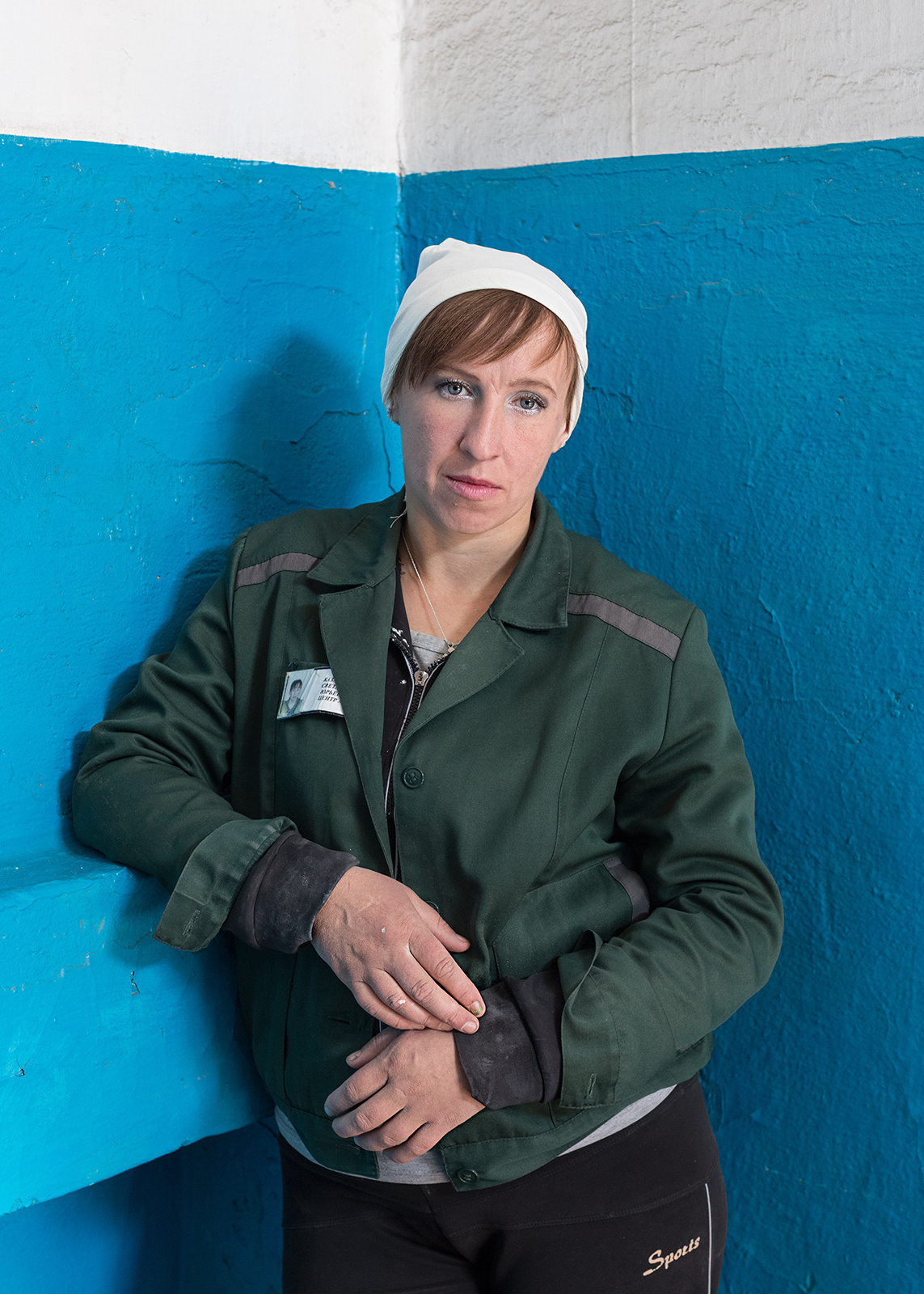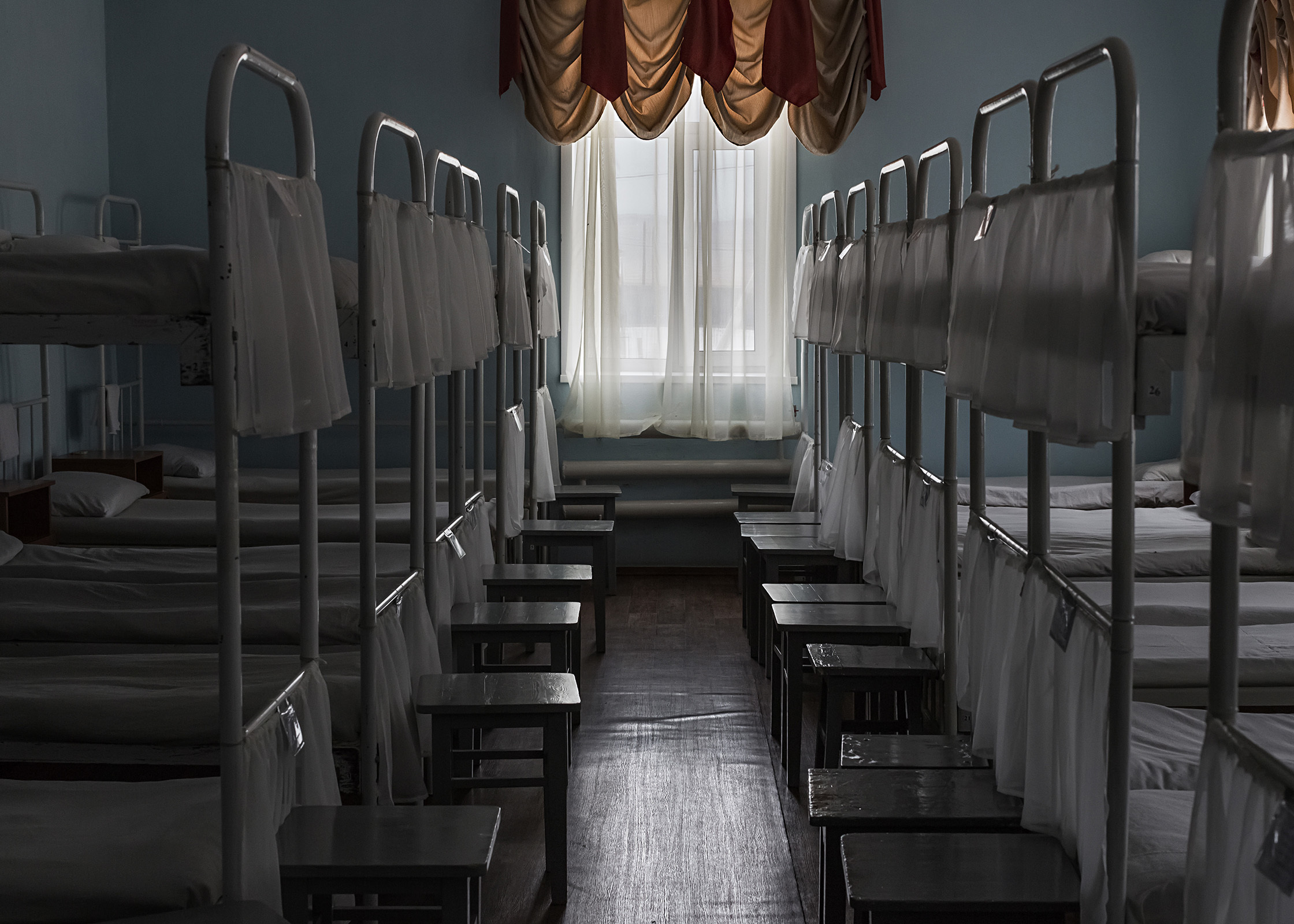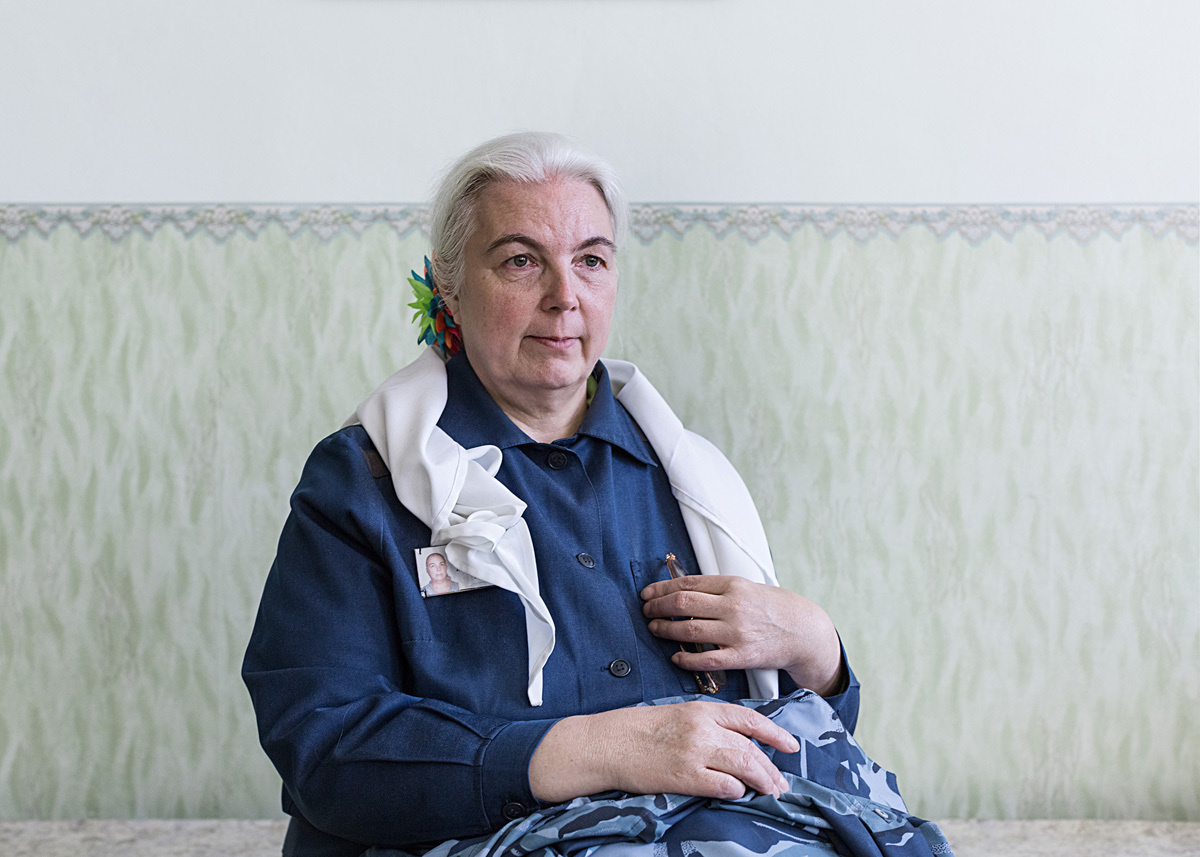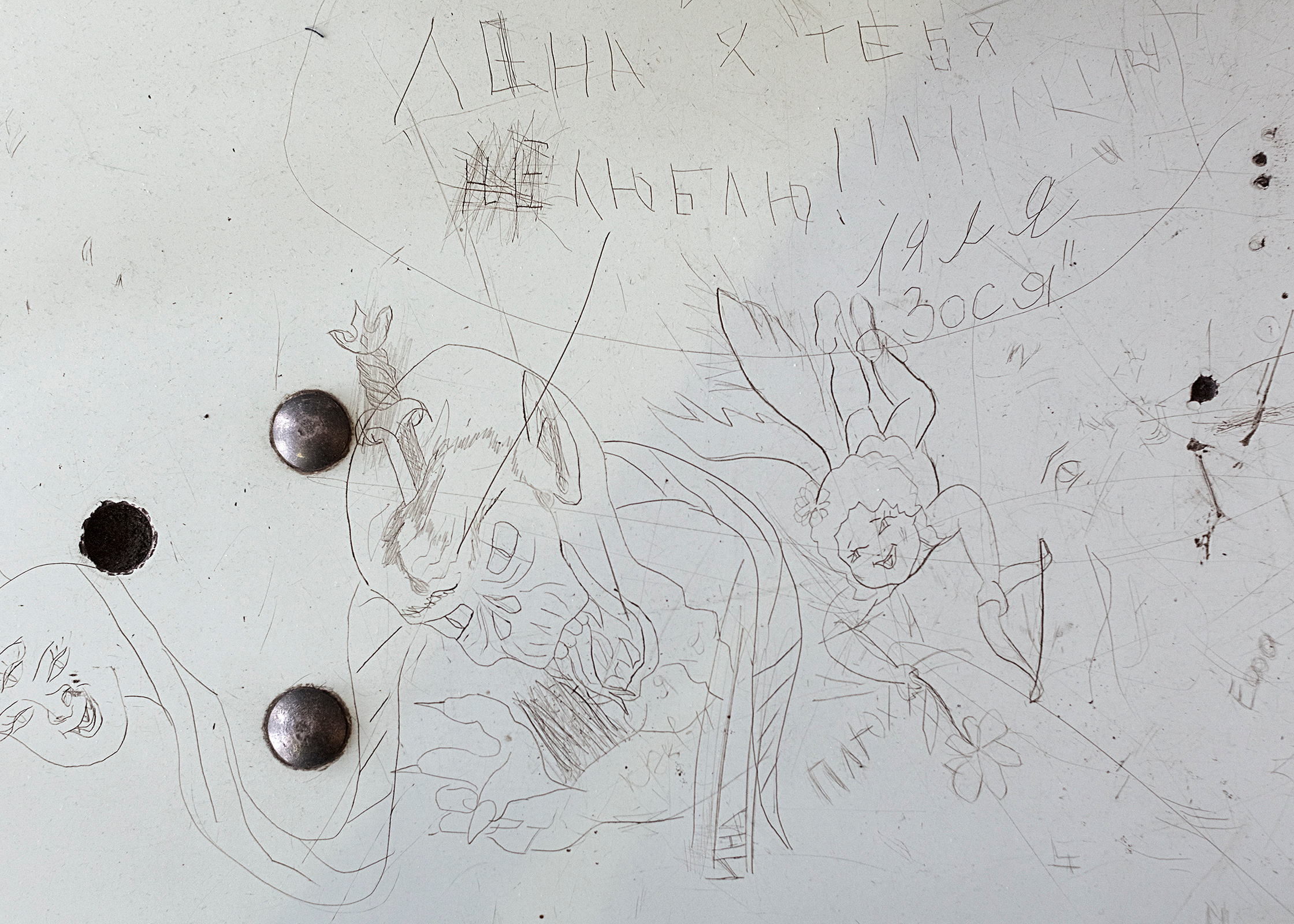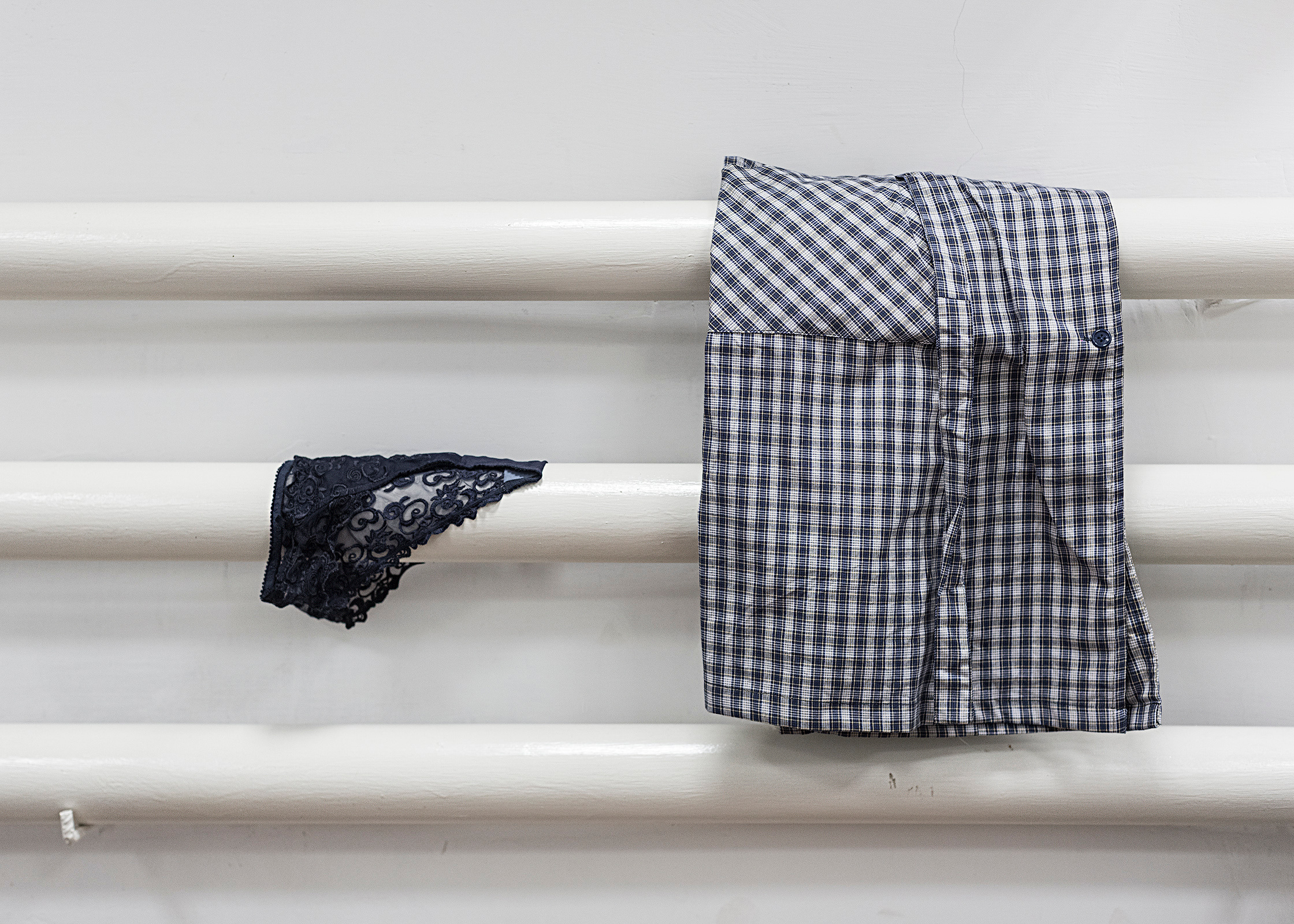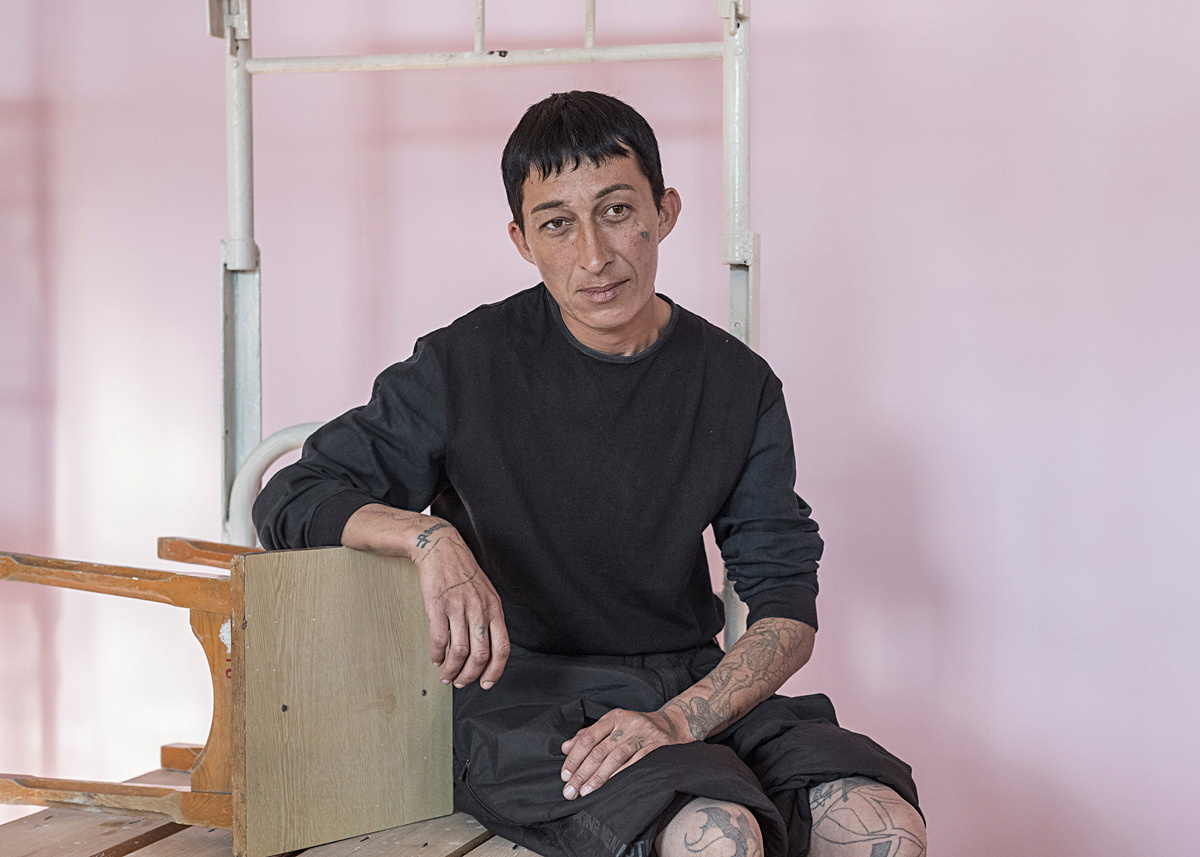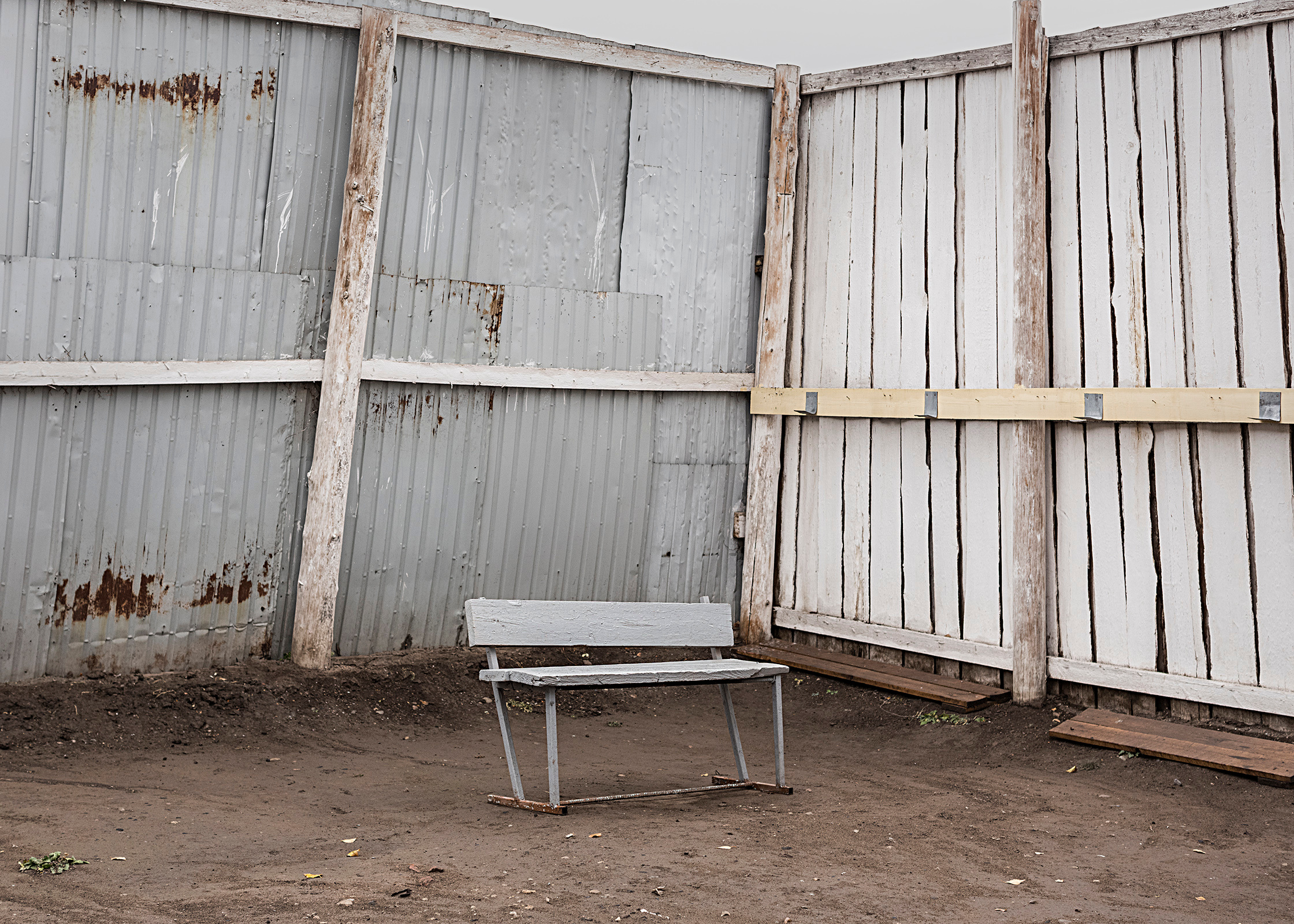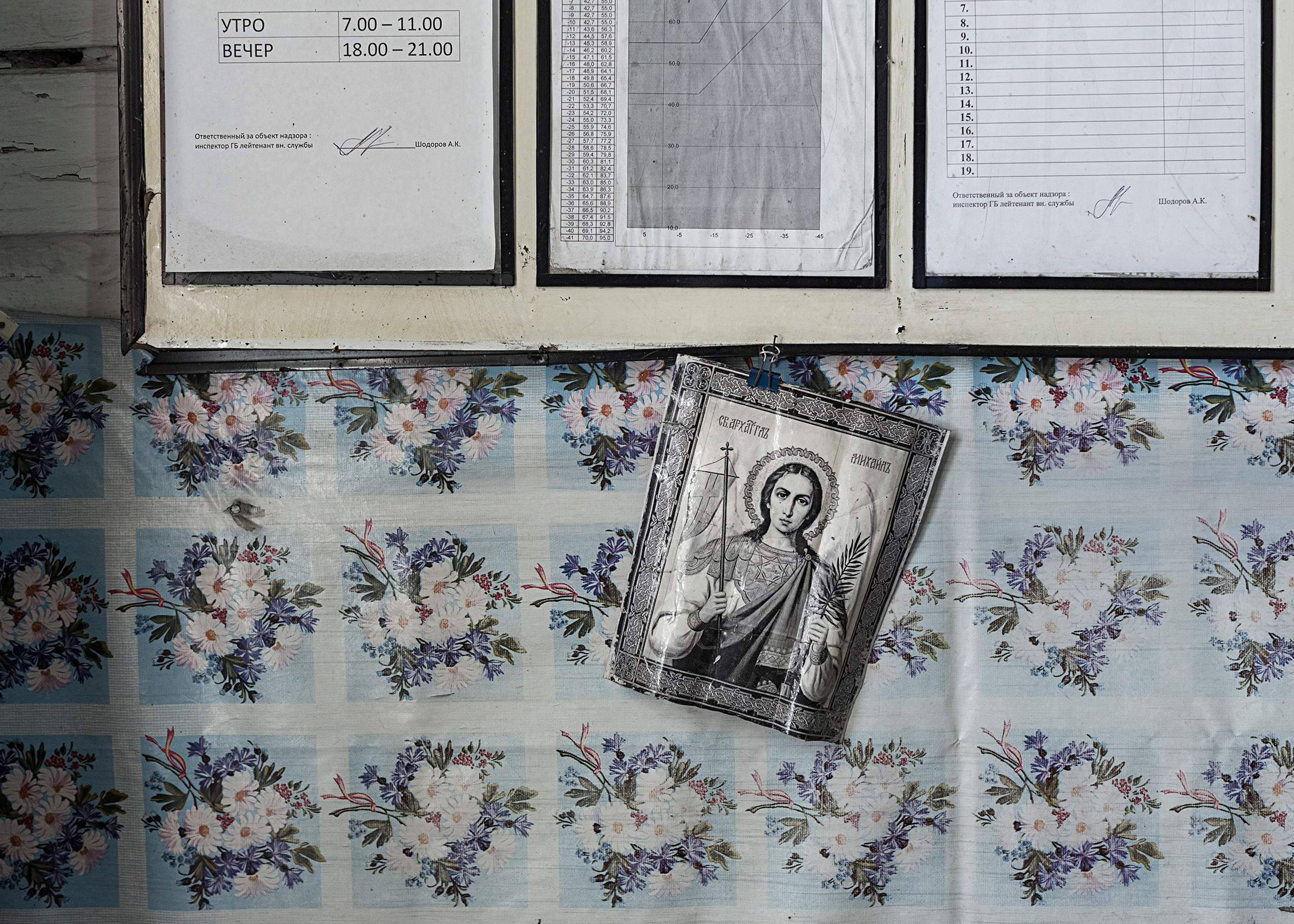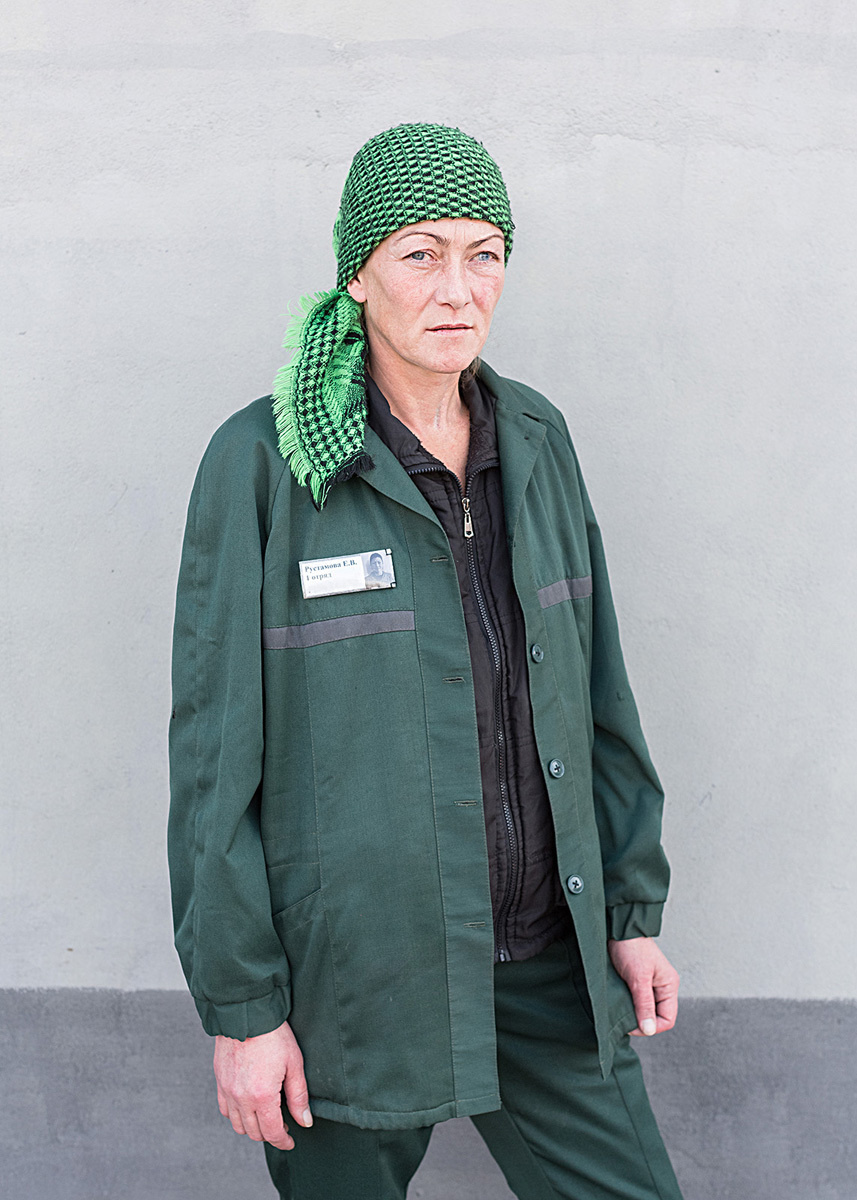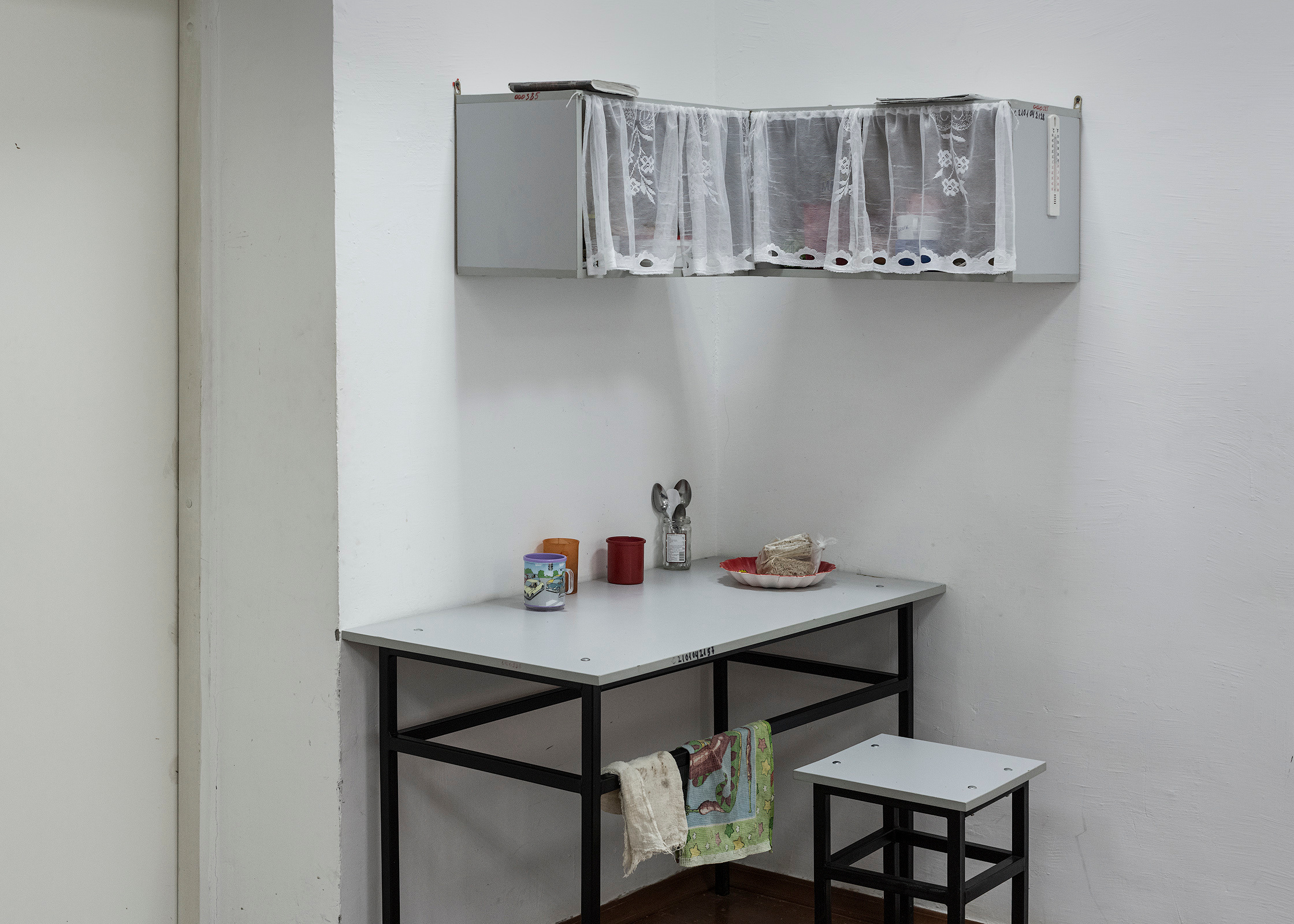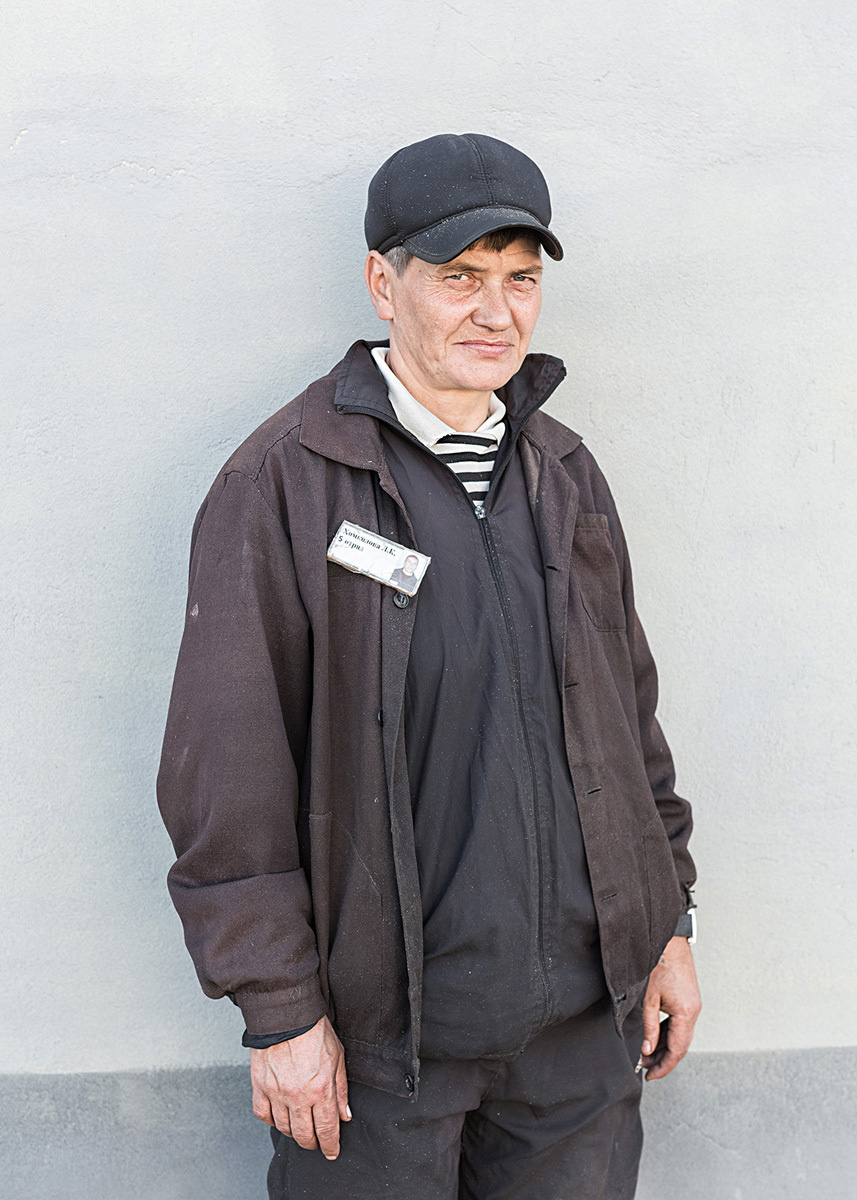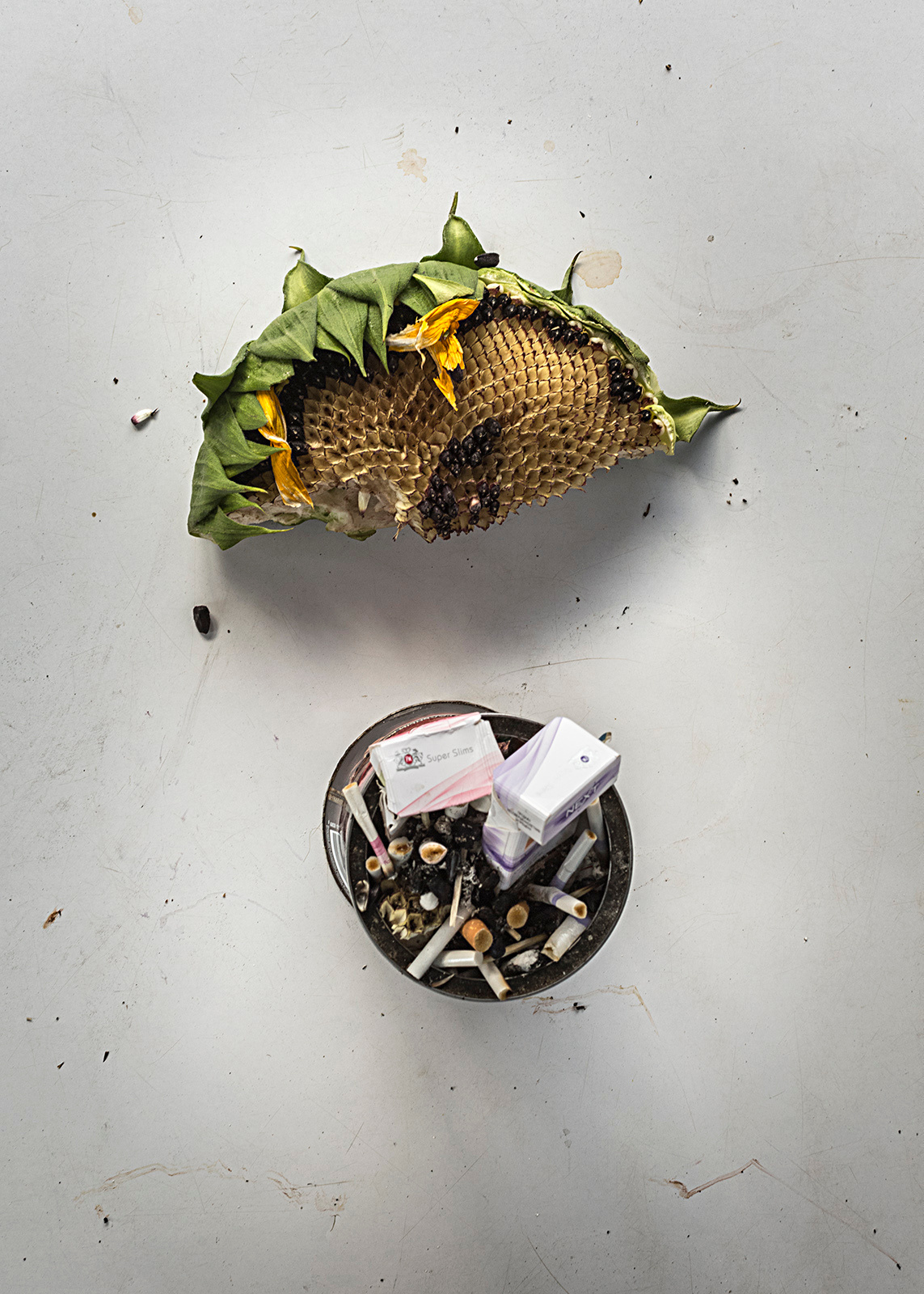Отделение (2014)
«Отделение» — работа
о женщинах и специфике
эмоциональных, микро- и макро
социальных взаимодействий
в искусственно ограниченных
сообществах. Аносову
интересуют динамическая
связь между уровнем изоляции
(самоизоляции) и надзорного
контроля. Художнице удалось
провести несколько месяцев
в ряде женских колоний в Сибири,
осенью 2014, и создать более
200 портретов и ряд контекстых
изображений.
Парадоксальным образом в России на равных правах
существуют романтизация тюремного образа и брезгливое
неприятие быта и образа жизни осужденных. Тюремное
сообщество следует основным линиям напряжения
современного ему социума.
Сейчас любой человек может стать объектом наблюдения,
с последующей публичной доступностью интимного и личного.
Каждый должен быть доступен всегда и везде. Приоритеты
смещены в безоблачное будущее, и любая попытка защититься
от всё более глубокого личного досмотра воспринимается,
как проявление нелояльности идее всеобщего блага и сигнал
опасности для стабильного, предсказуемого существования.
Эта ситуация лежит в основе параноидального психоза
пронизывающего значительную часть нашего общества.
В обществе, где власть криминализует саму повседневность —
когда преступлением может стать все, что угодно — состояние
наблюдаемого становится новой нормой. Аносова показывает
обычных женщин, которых по тем или иным причинам осудили.
Не указывая ни фамилии, ни преступления. И несложно
представить, что рядом со снимком жестокой убийцы находится
портрет жертвы домашнего насилия, чей проступок был
самозащитой. На соседних кадрах могут быть бездушные
глаза наркоторговки и взгляд девчонки чье преступление так
же нелепо и просто социально обусловлено, как в середине
прошлого века, когда в тюрьму можно было попасть за аборт,
бродяжничество или отношения с иностранцем.
В замкнутом пространстве тюрьмы, женщина всегда
в позиции наблюдаемой, без, даже, мнимой возможности
остаться наедине с собой. Многолетнее состояние «наготы»
и потеря интимного пространства деформируют личность,
помещенную в общество настолько жестокое, насколько
опасным для себя оно оценивает совершённое. Аносова
выстраивает последовательность из взглядов, пытающихся
«самоизолироваться», лиц и жестов, измененных постоянным
наблюдением со стороны тюремной администрации
и вездесущих сокамерниц, личного и интимного, принудительно
вынесенного на коммунальный суд.
Книга «Section» вошла в шорт- лист First Book Award, и находится в коллекциях музейных институций в России и Европе.

